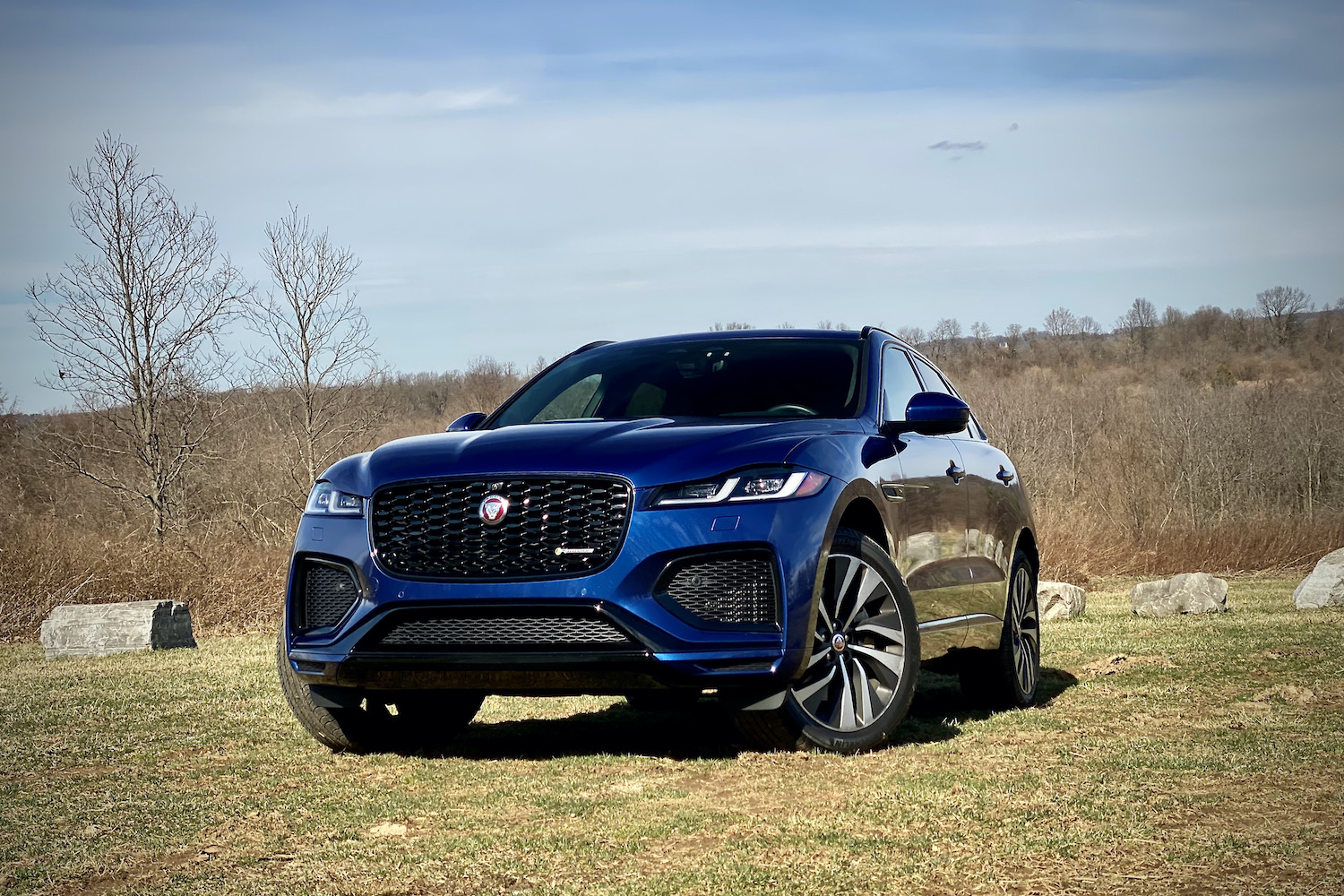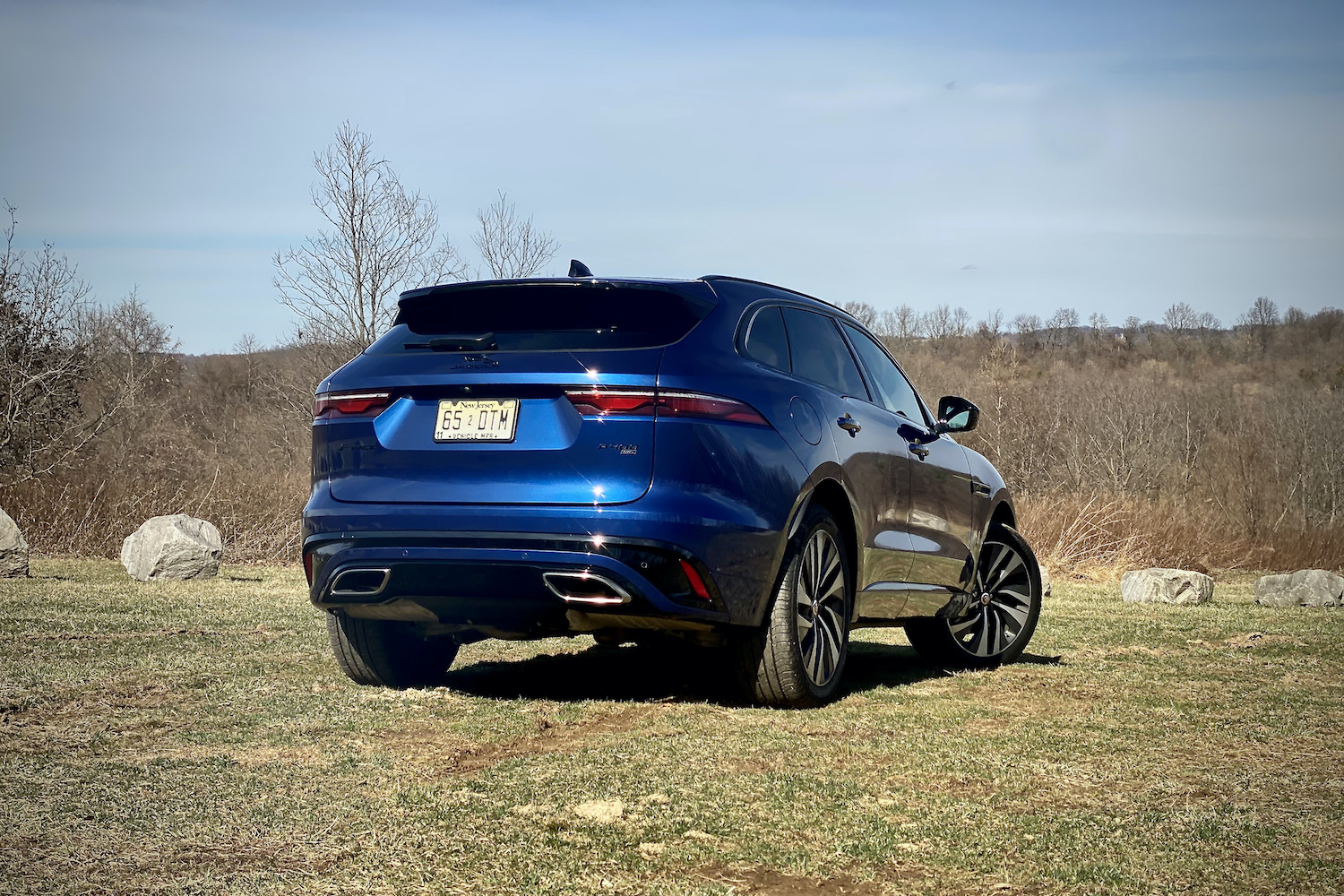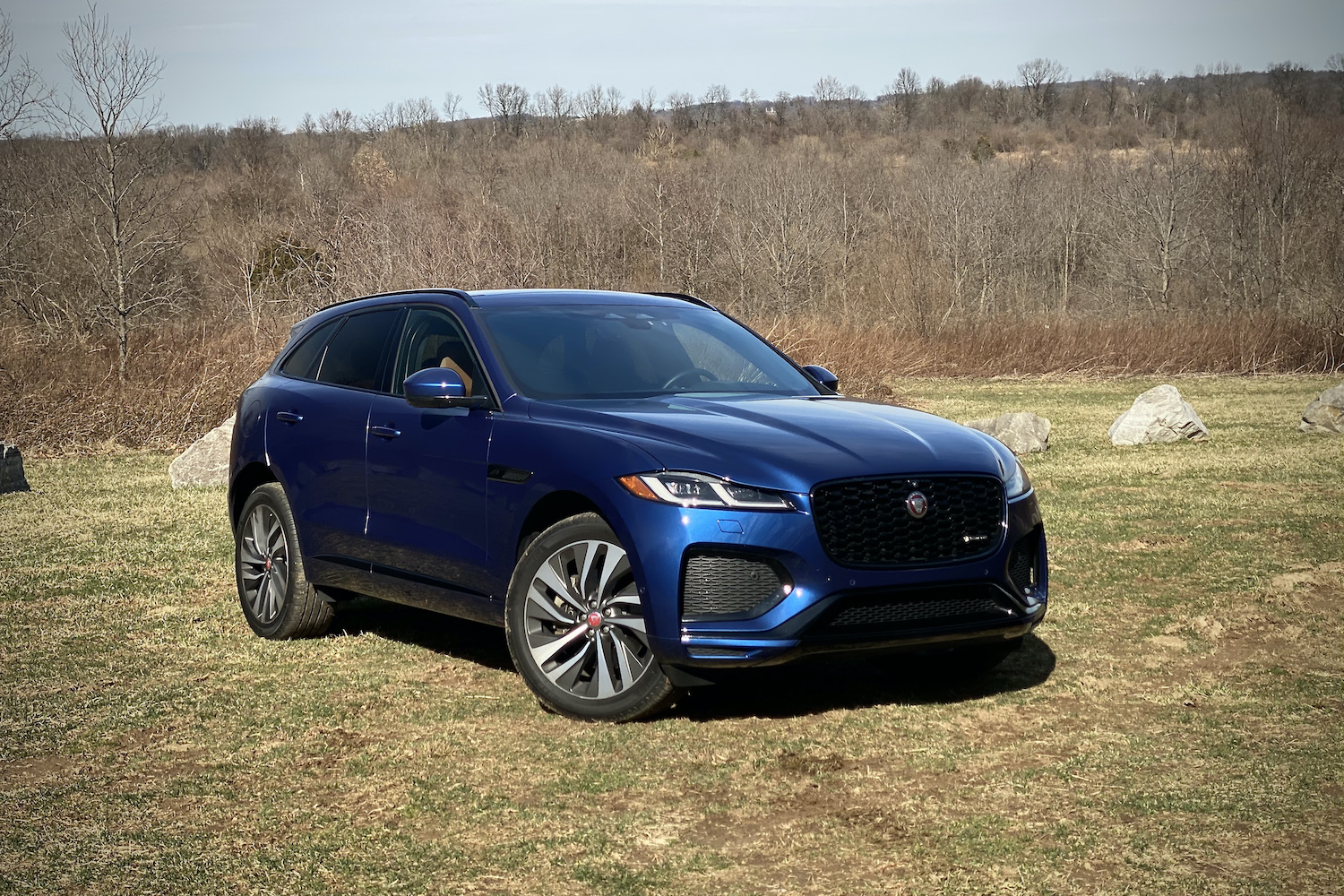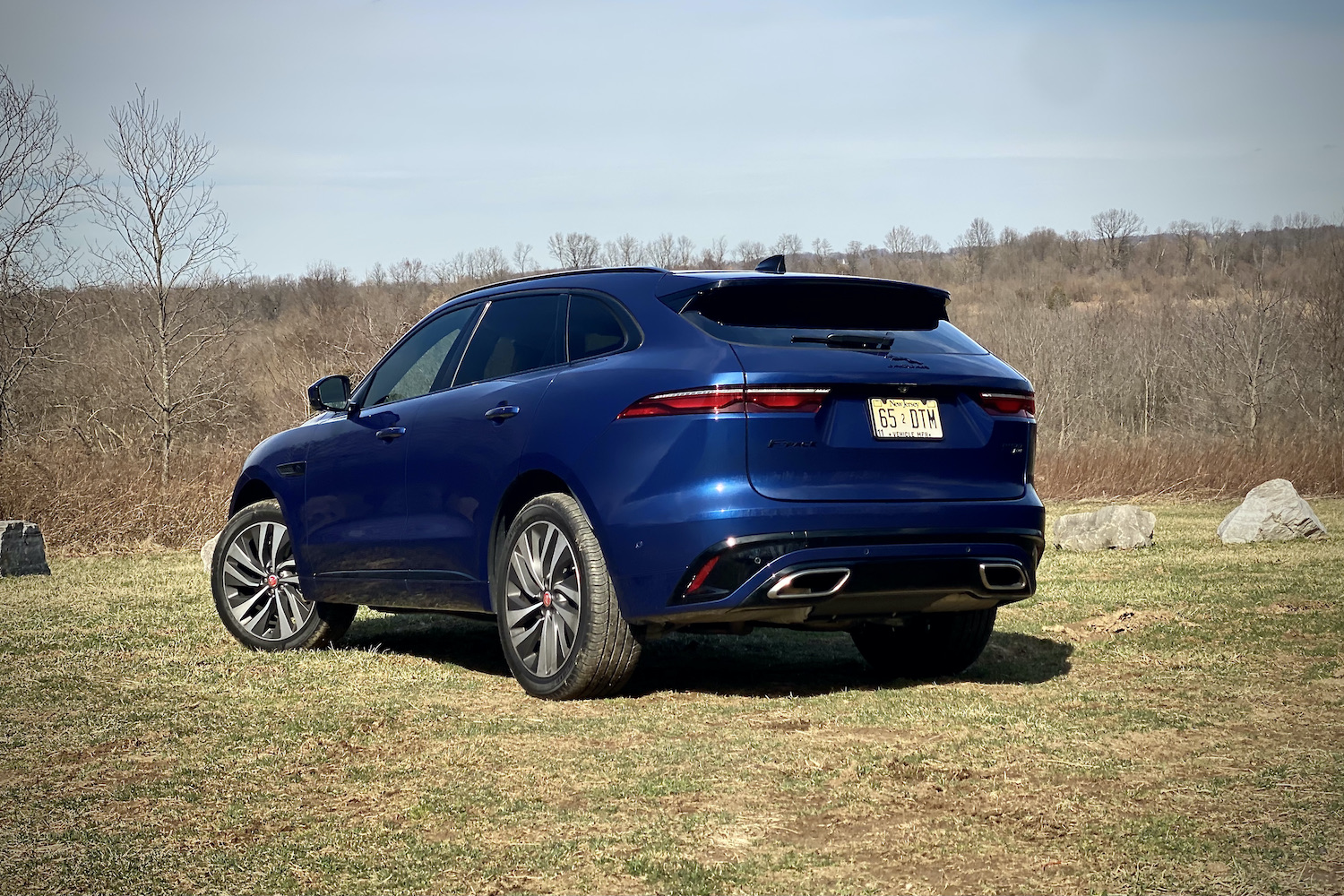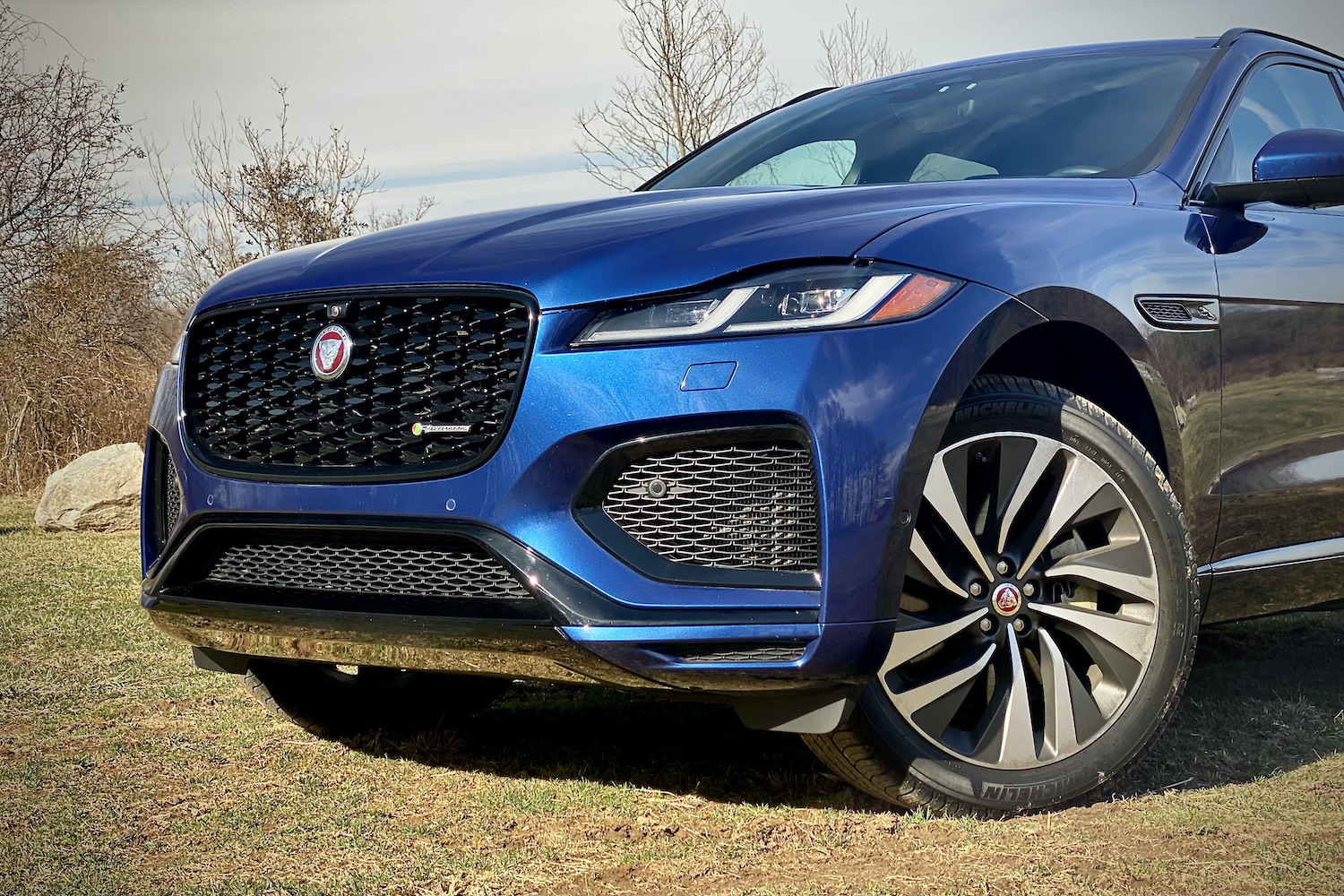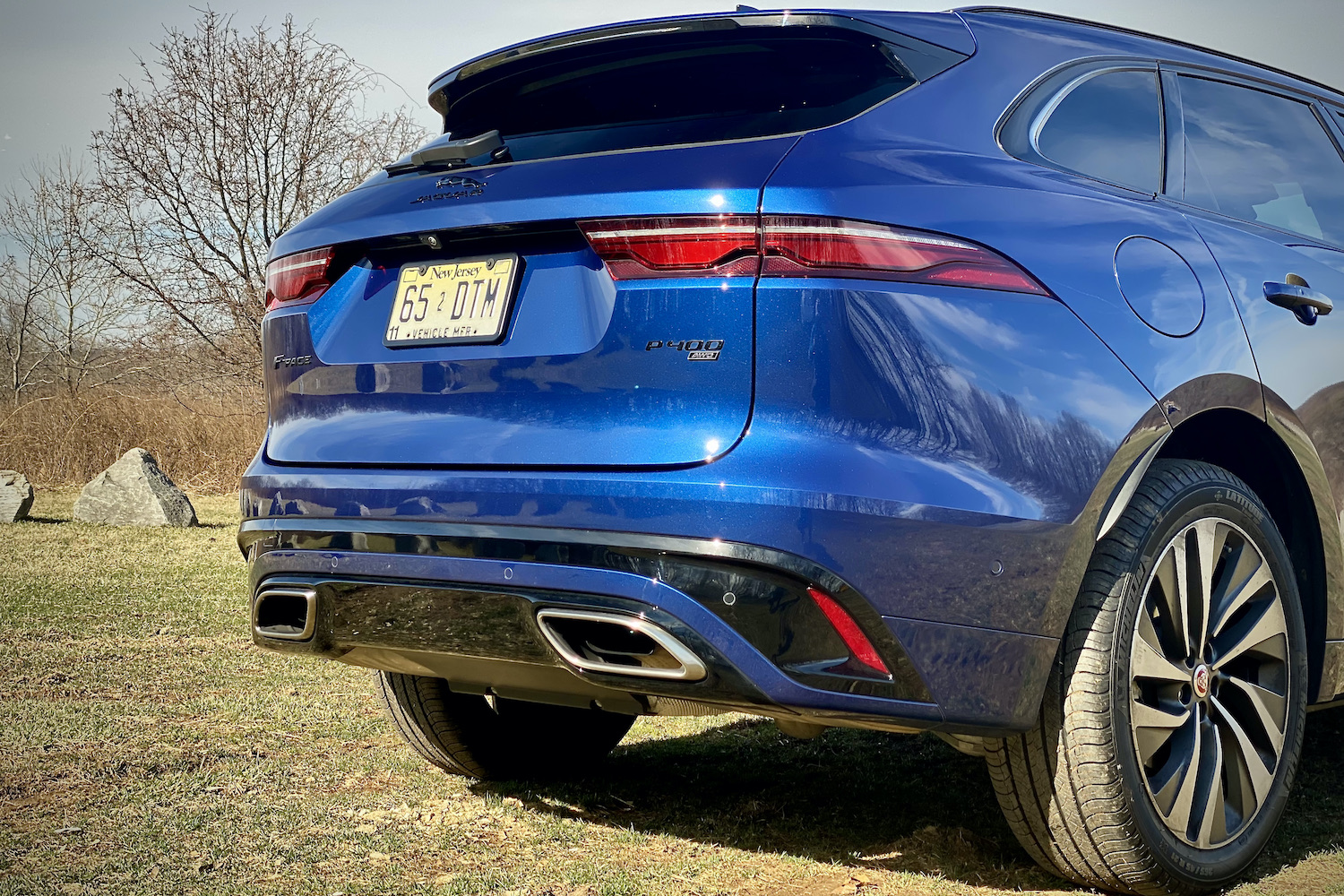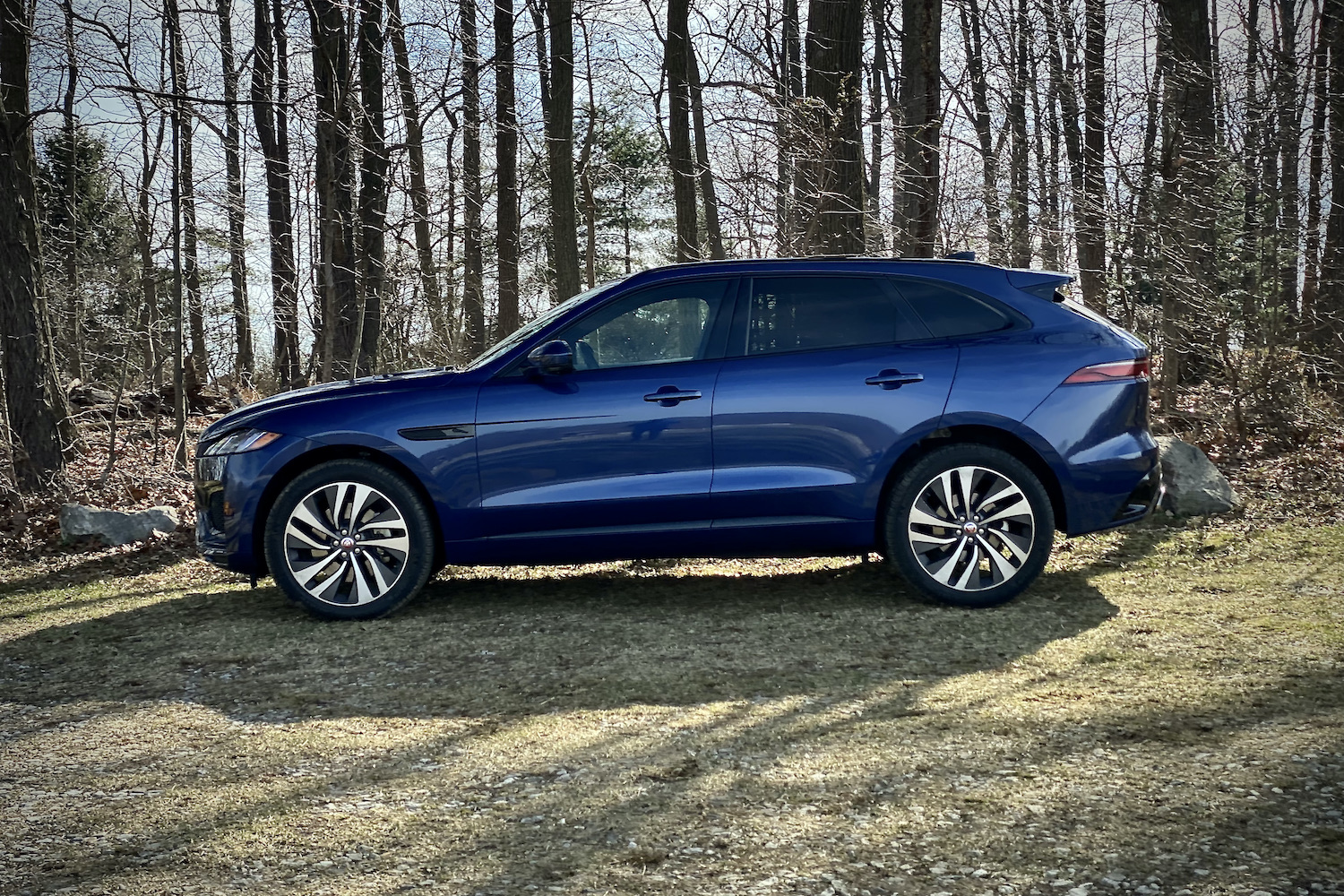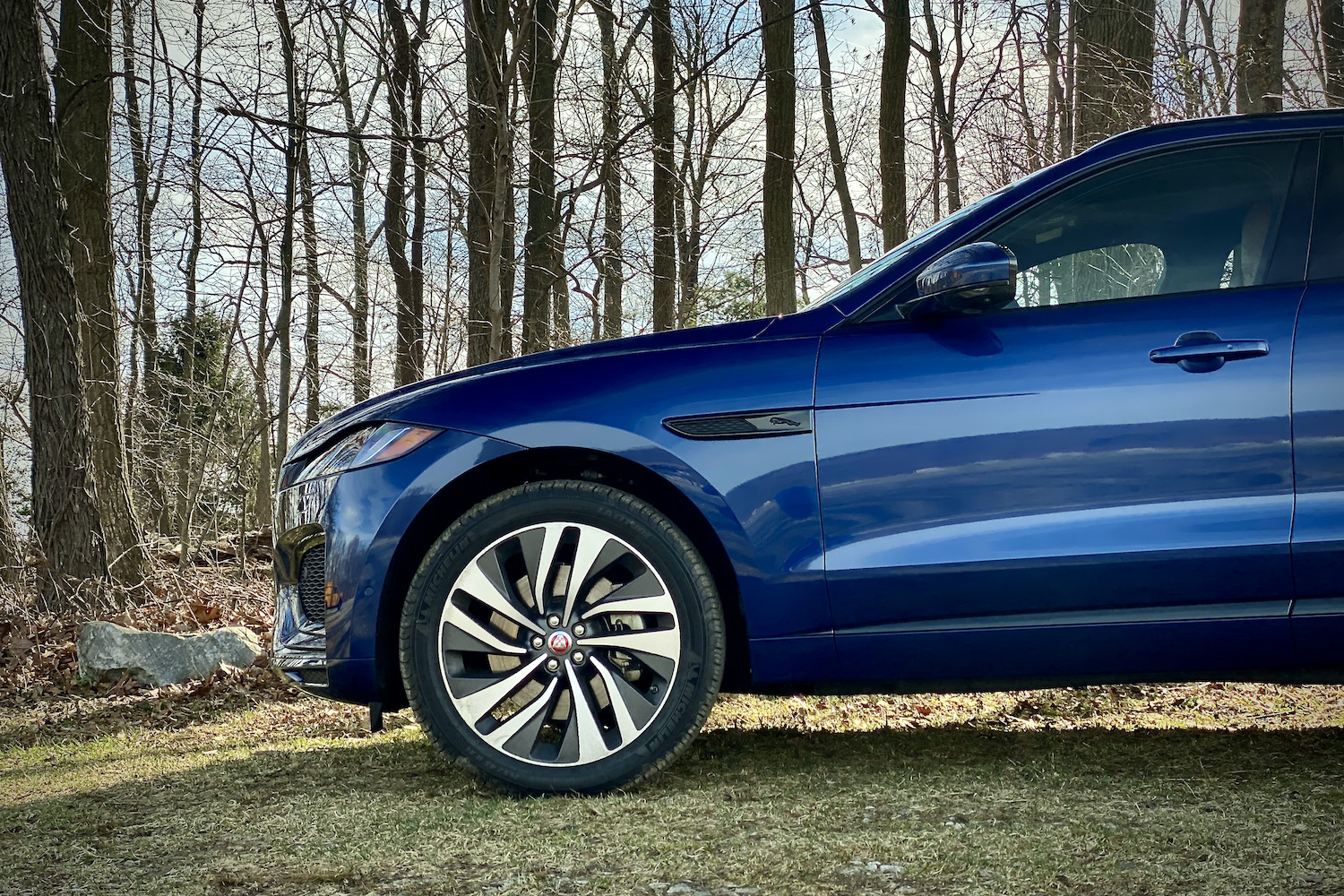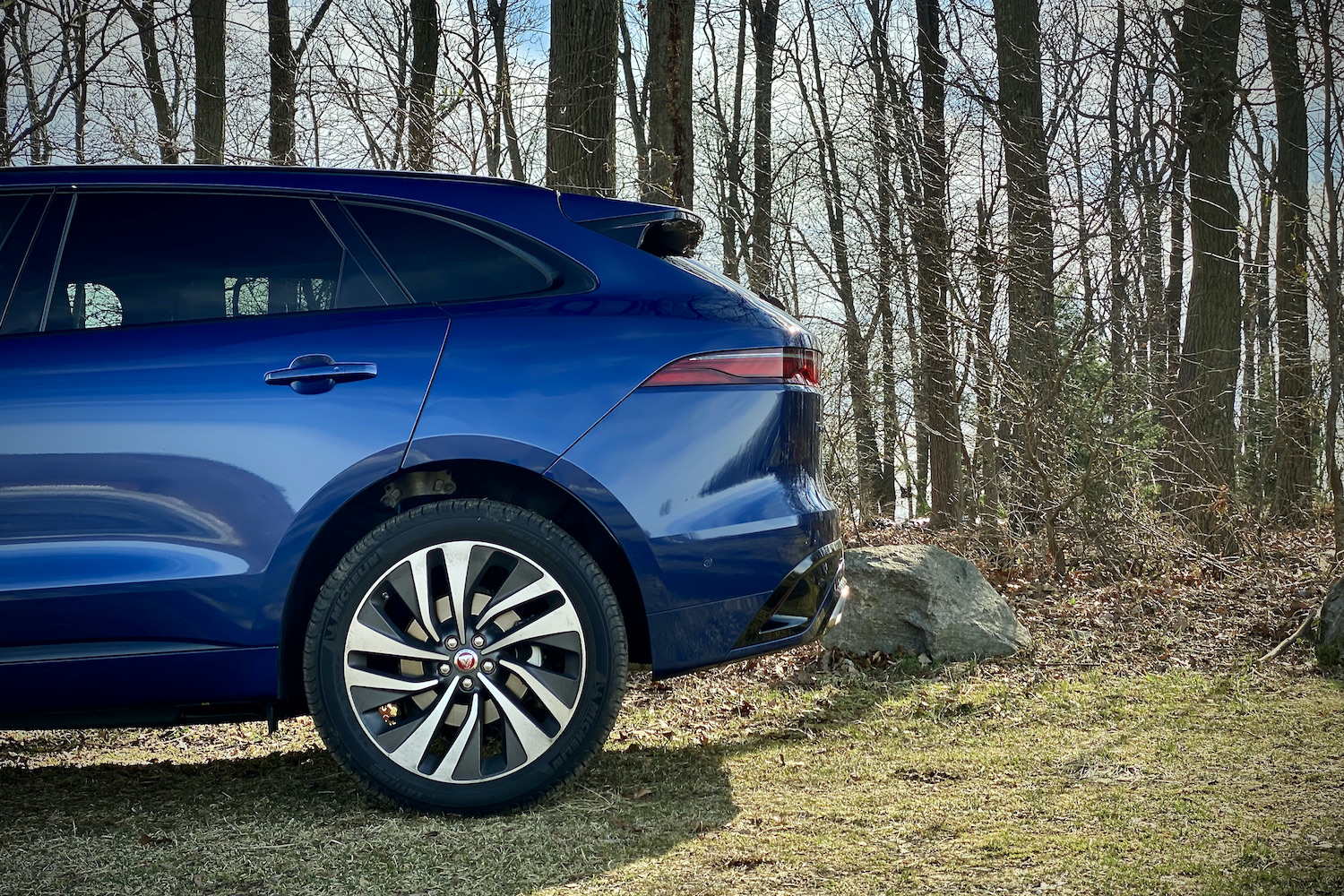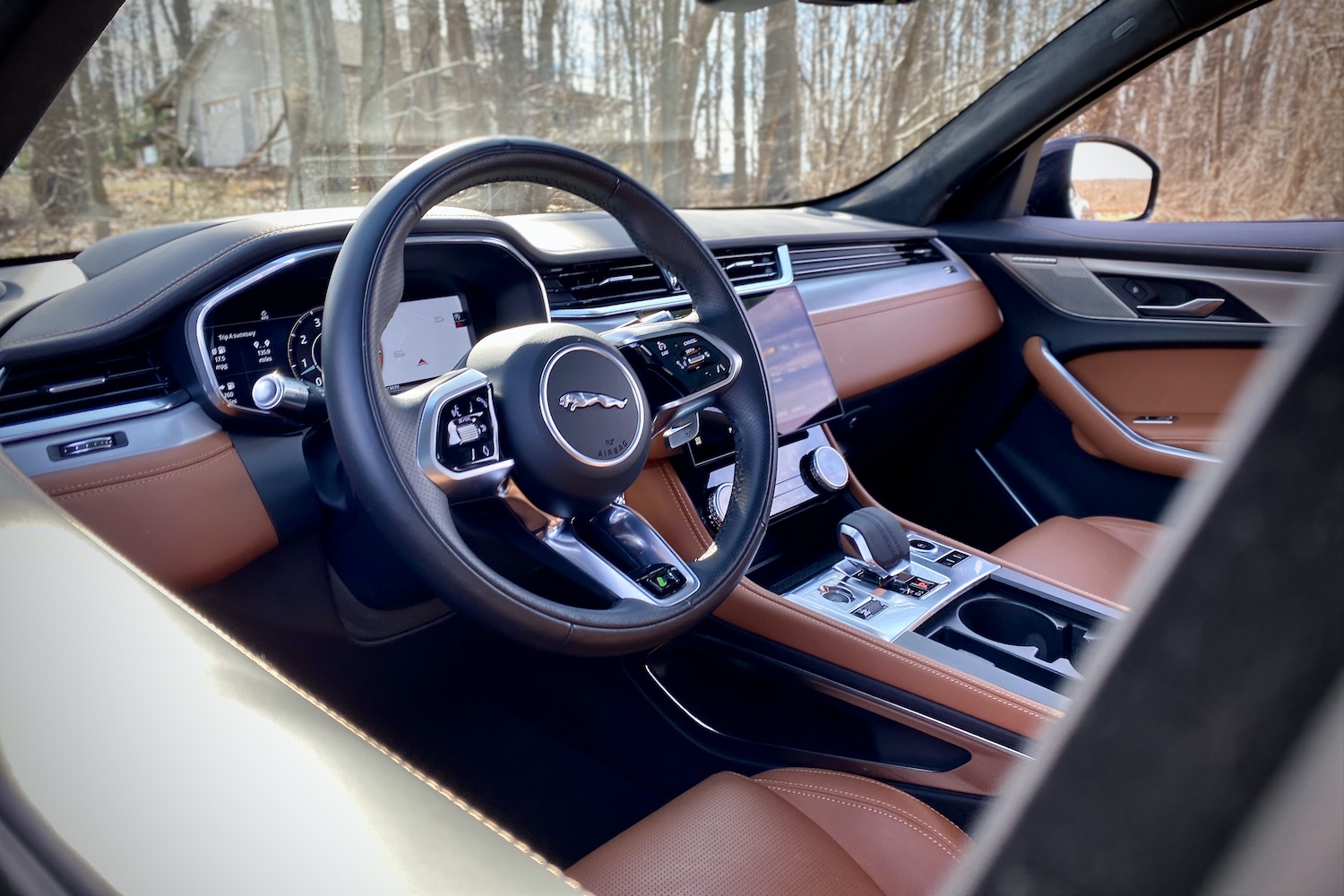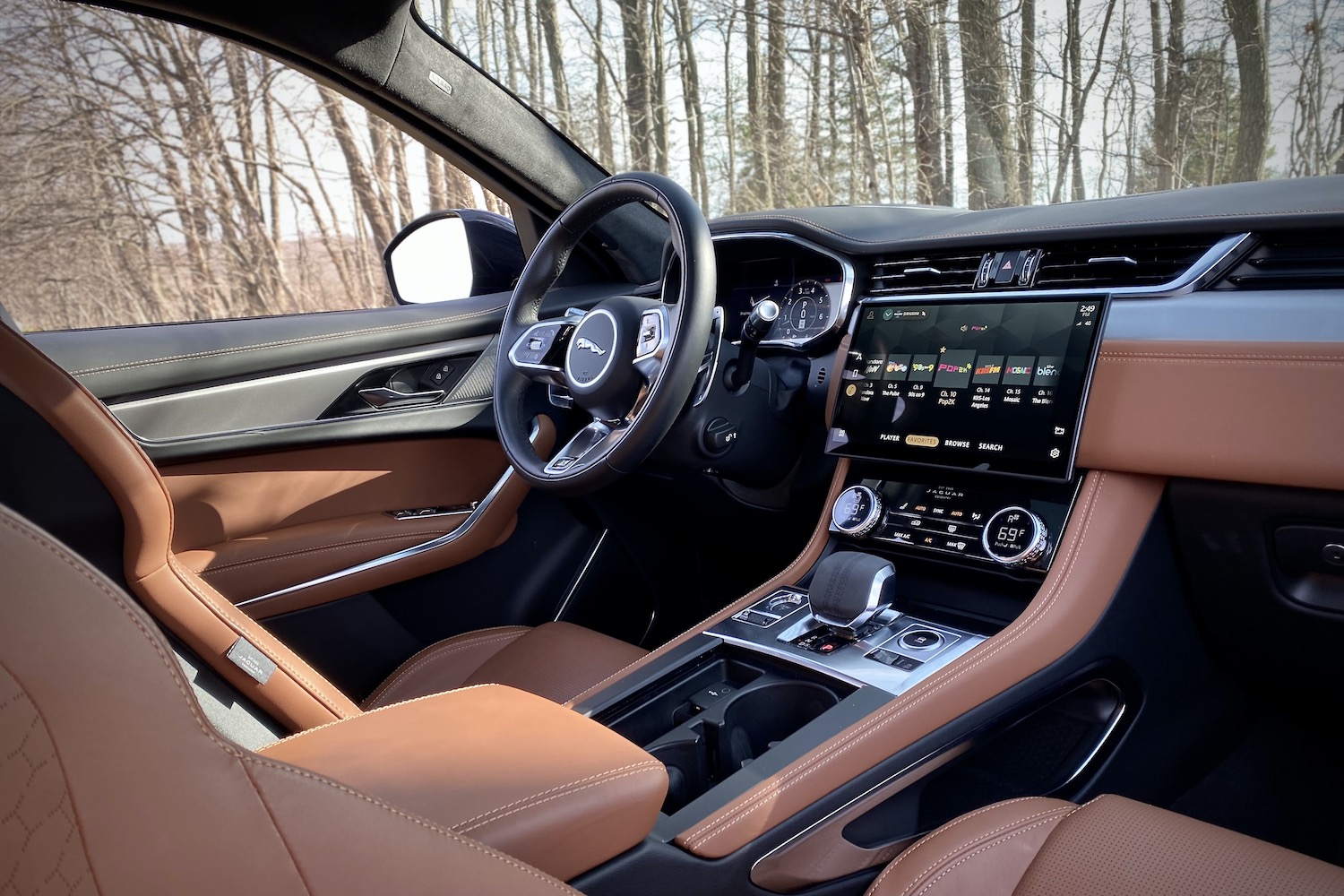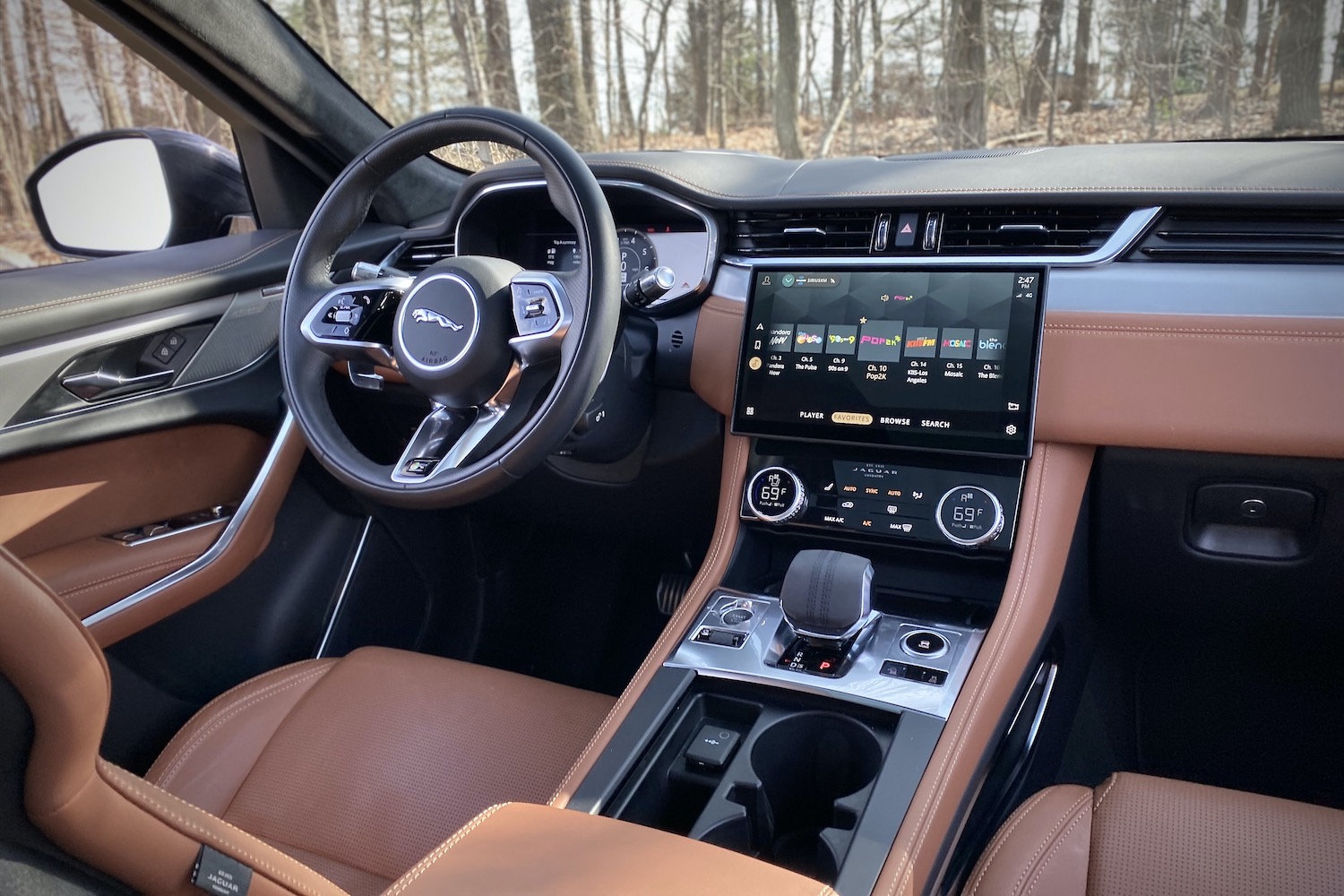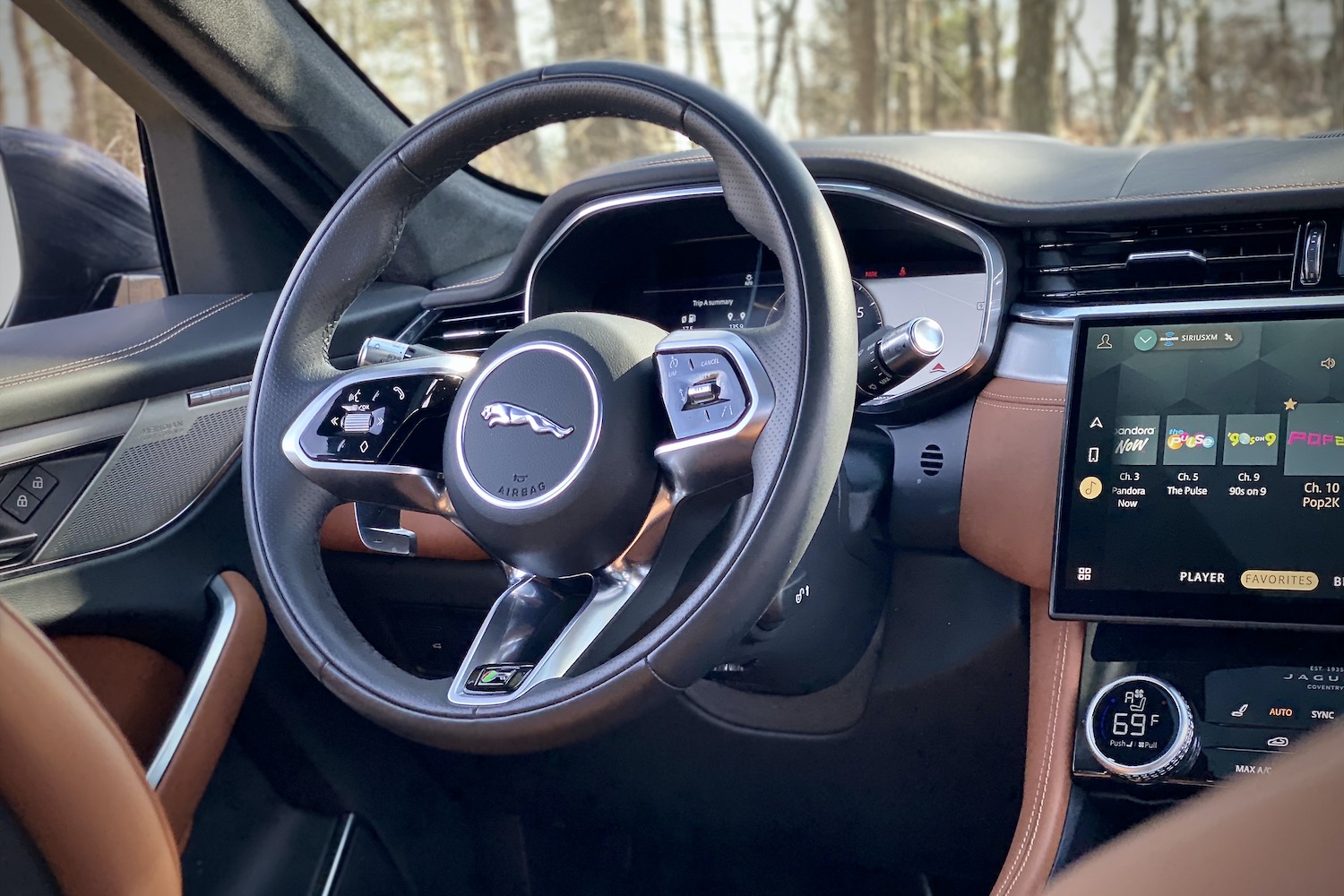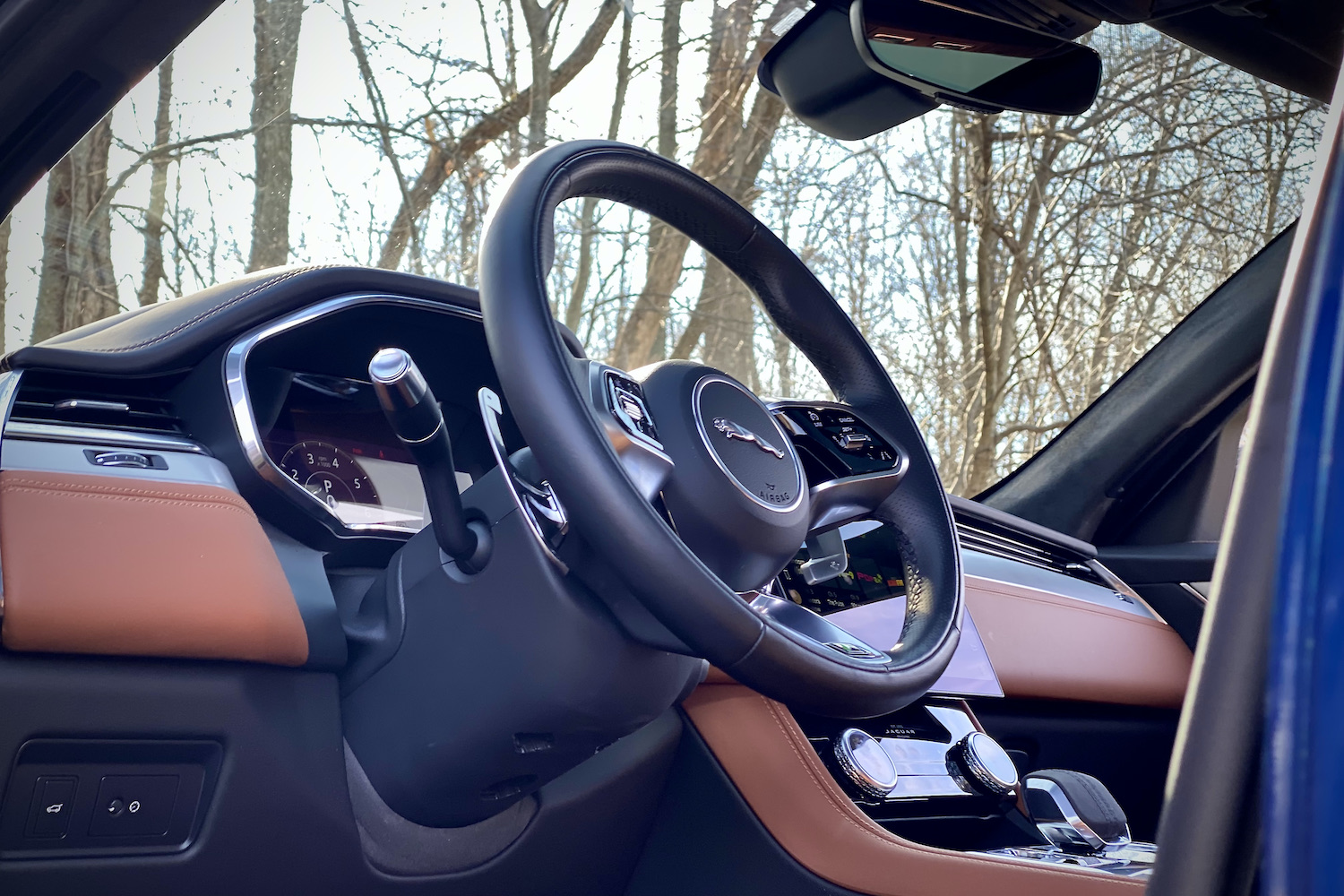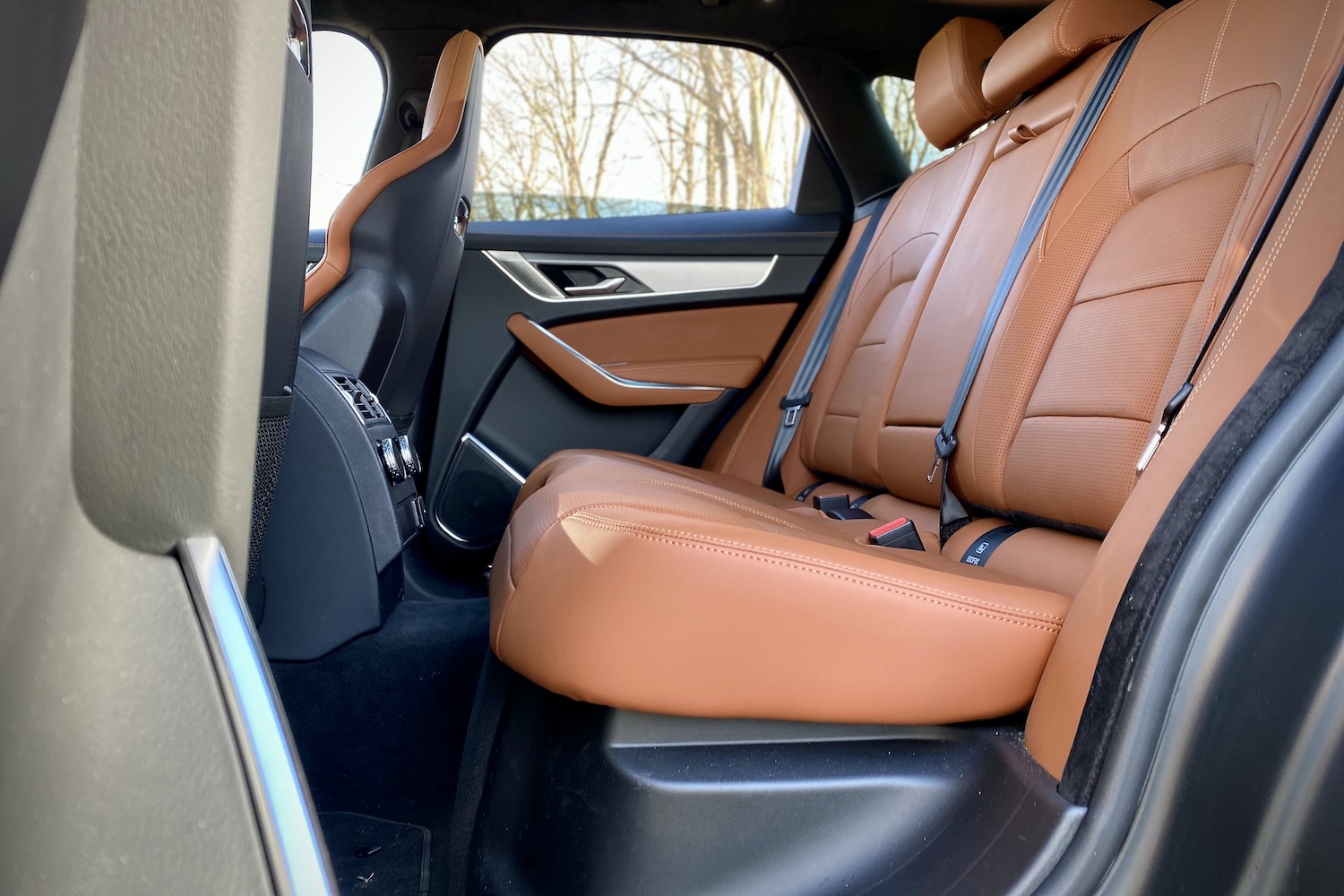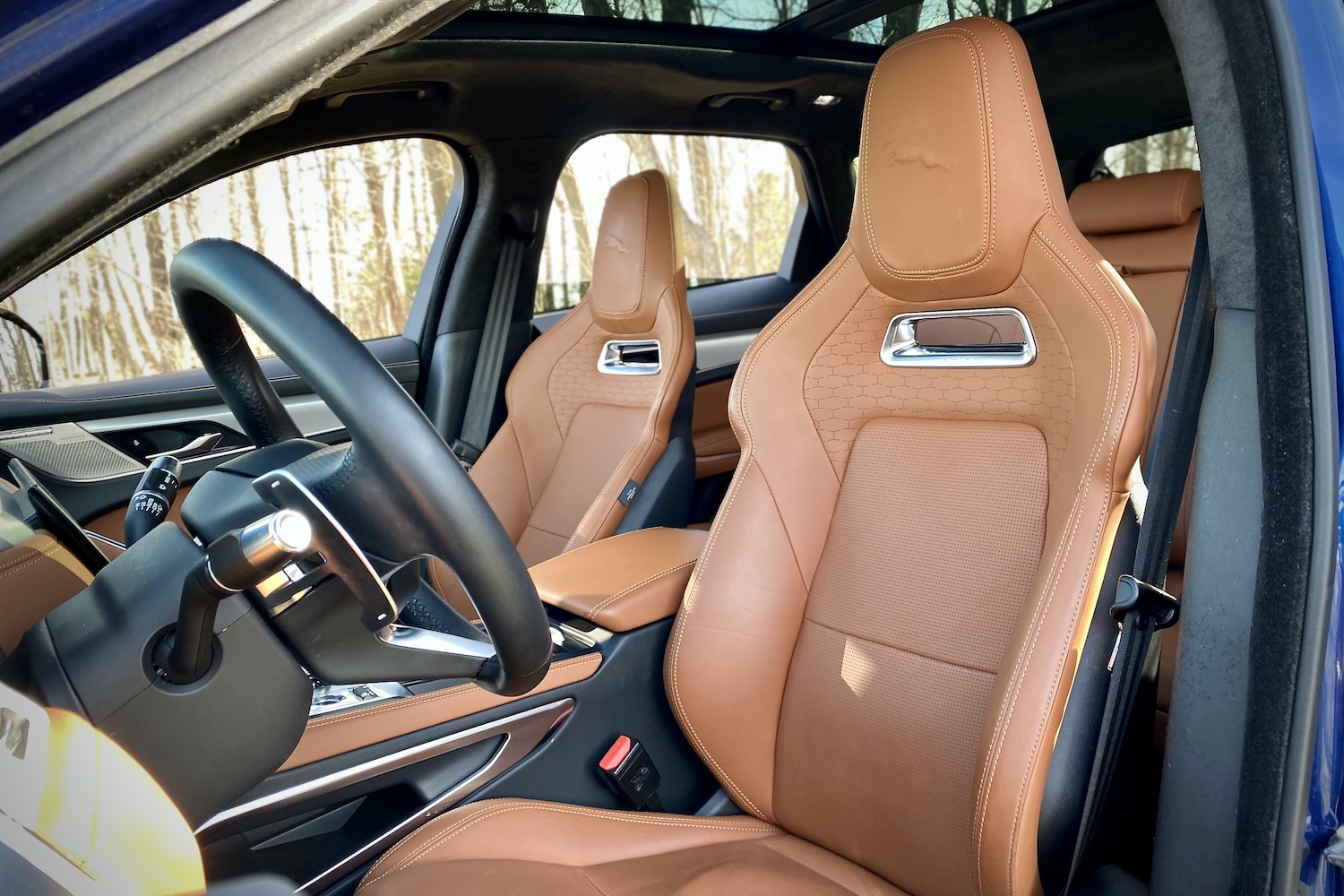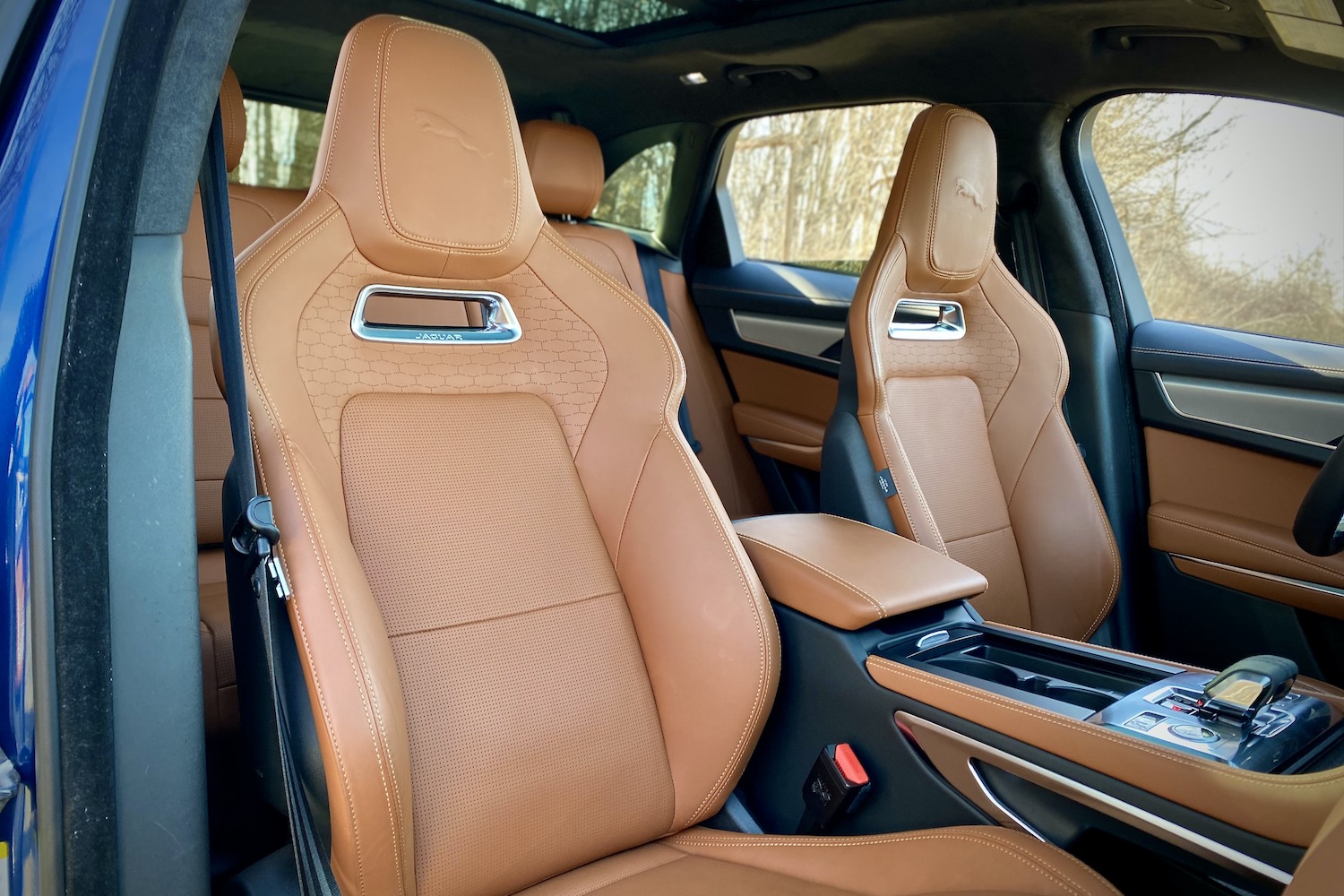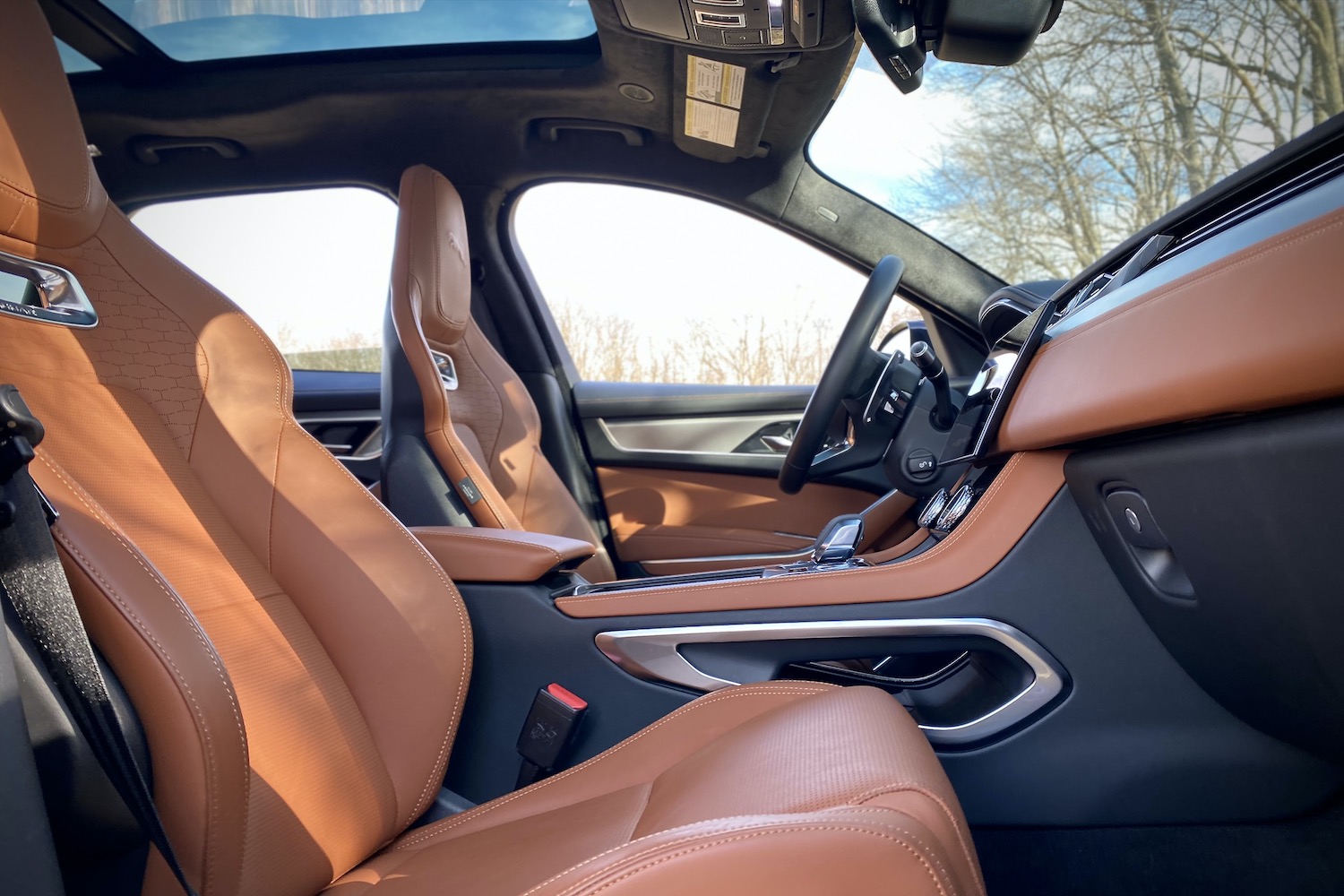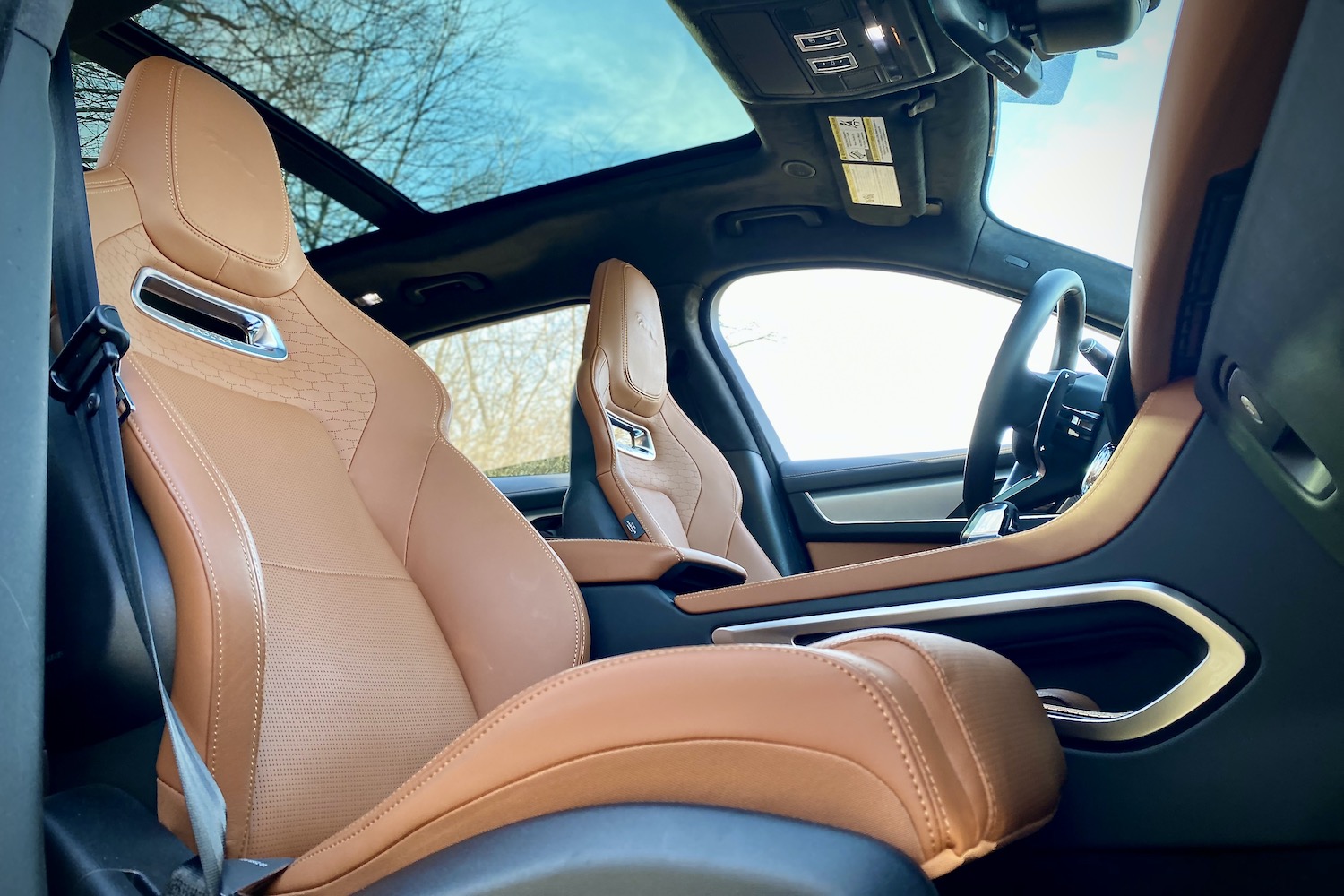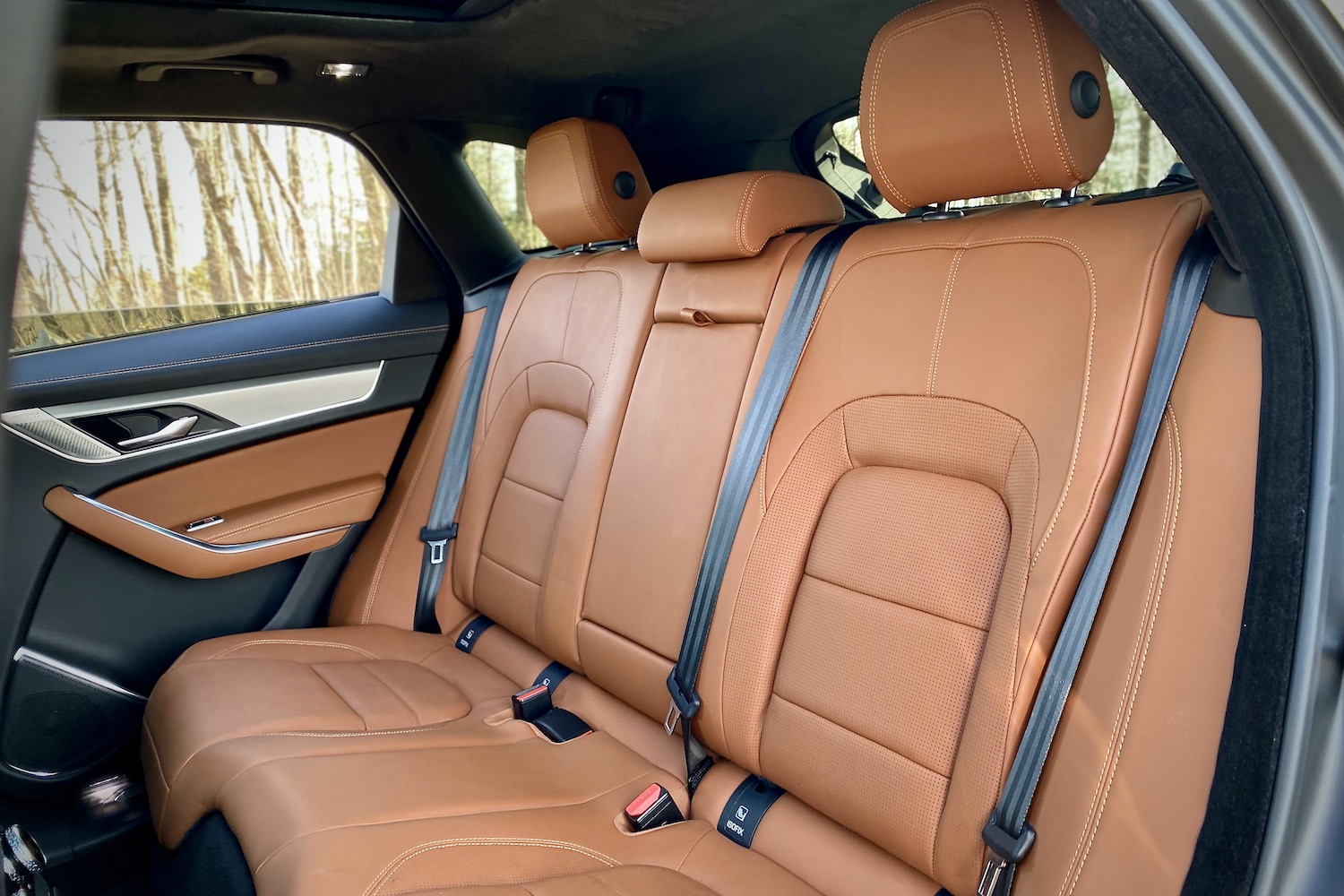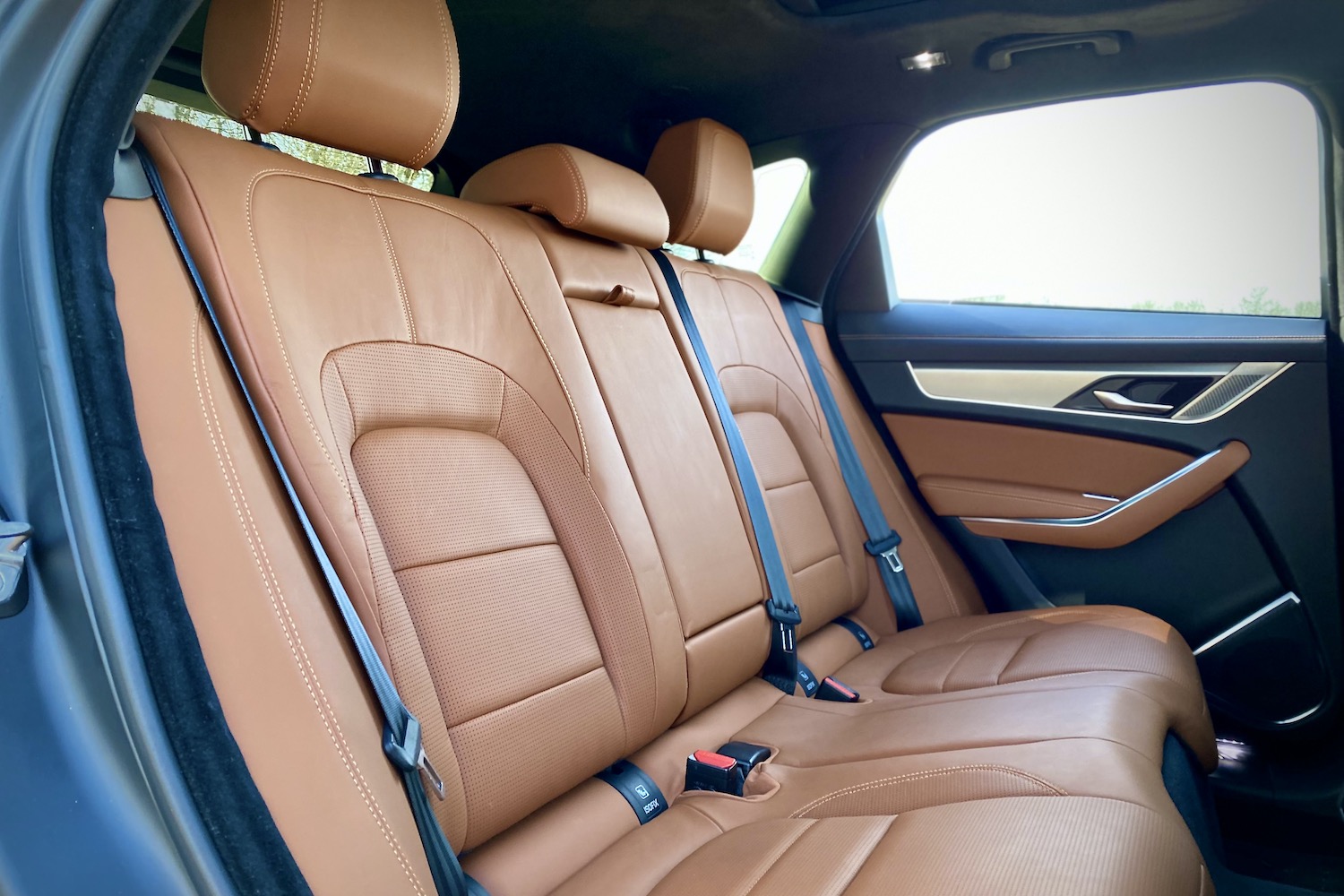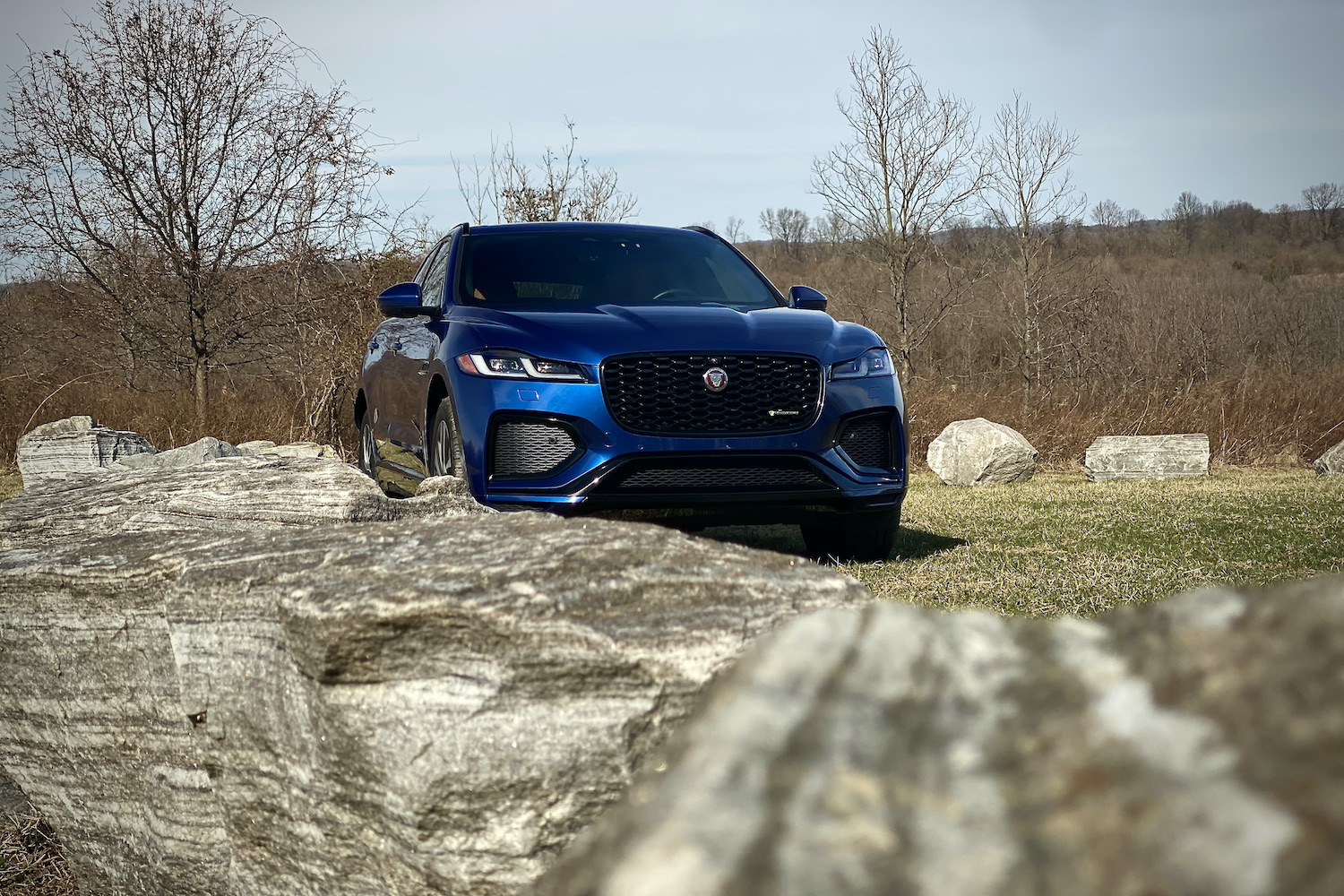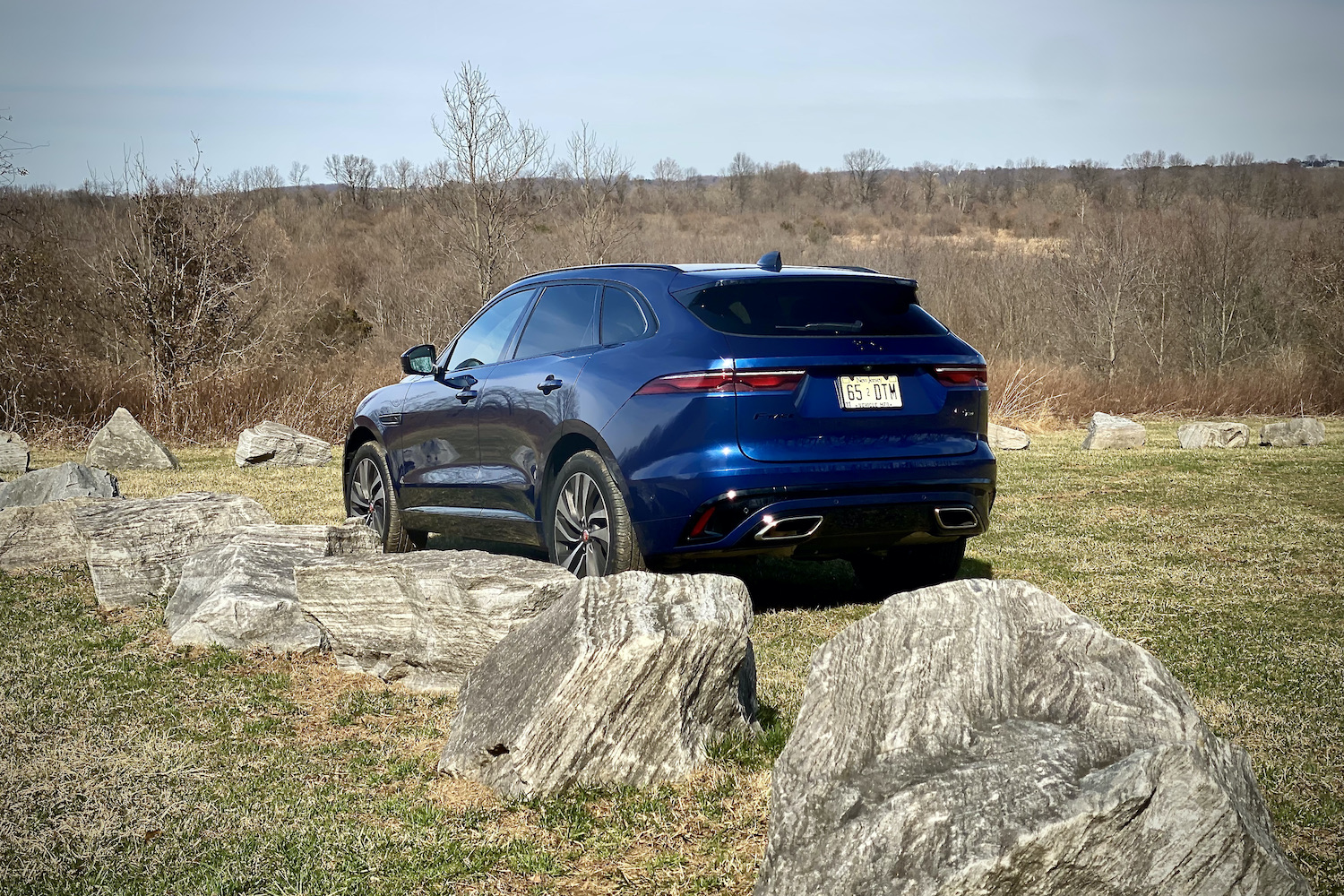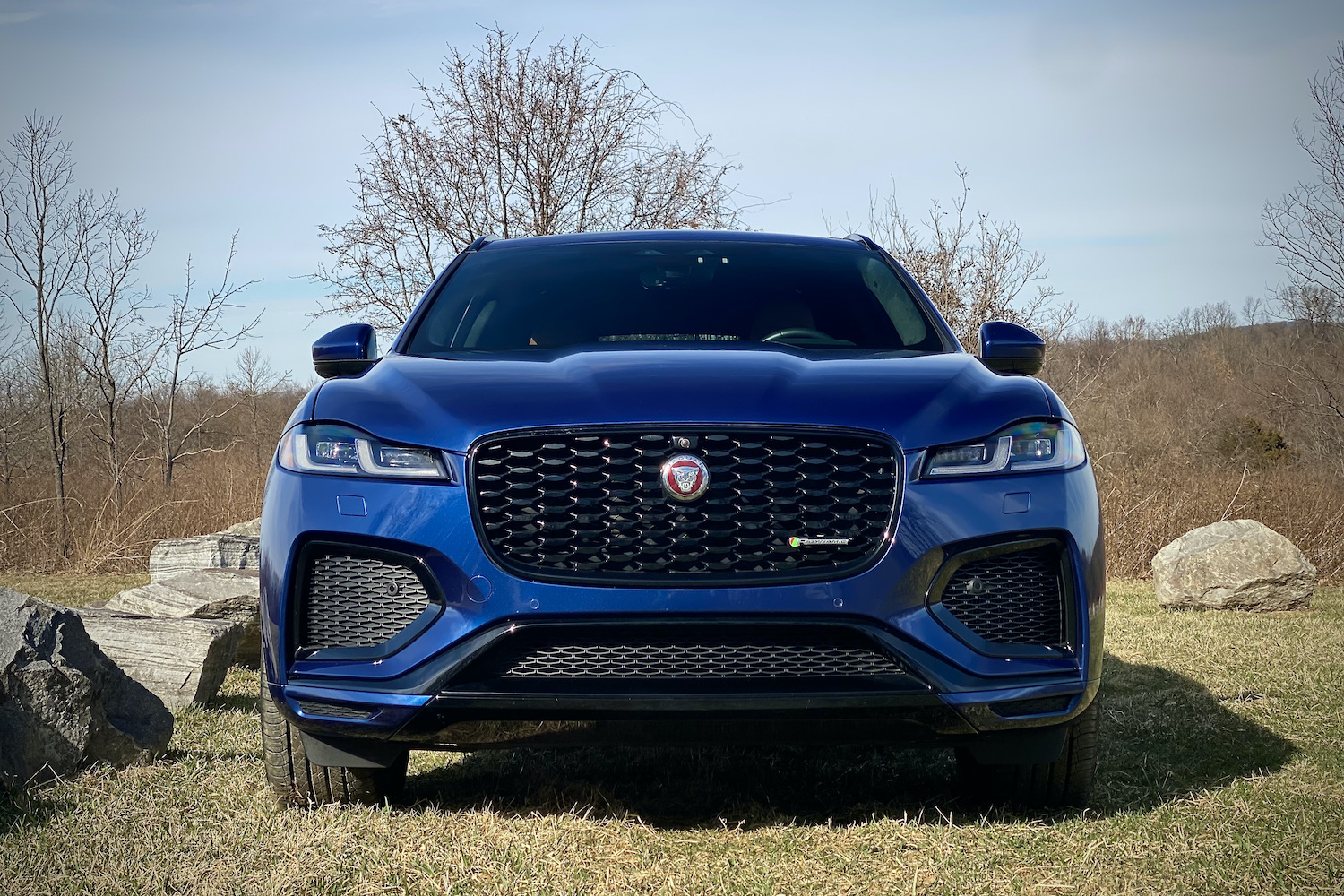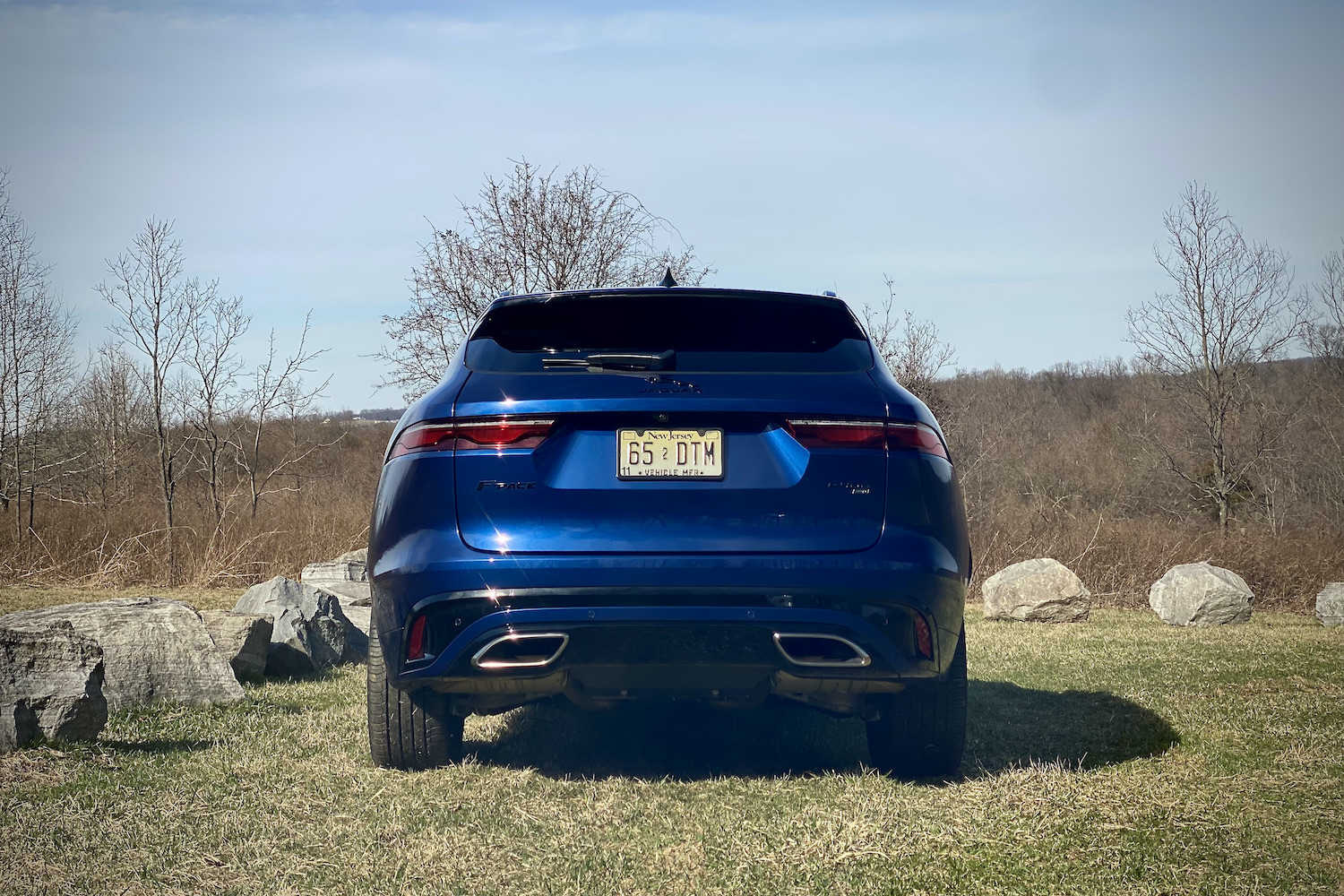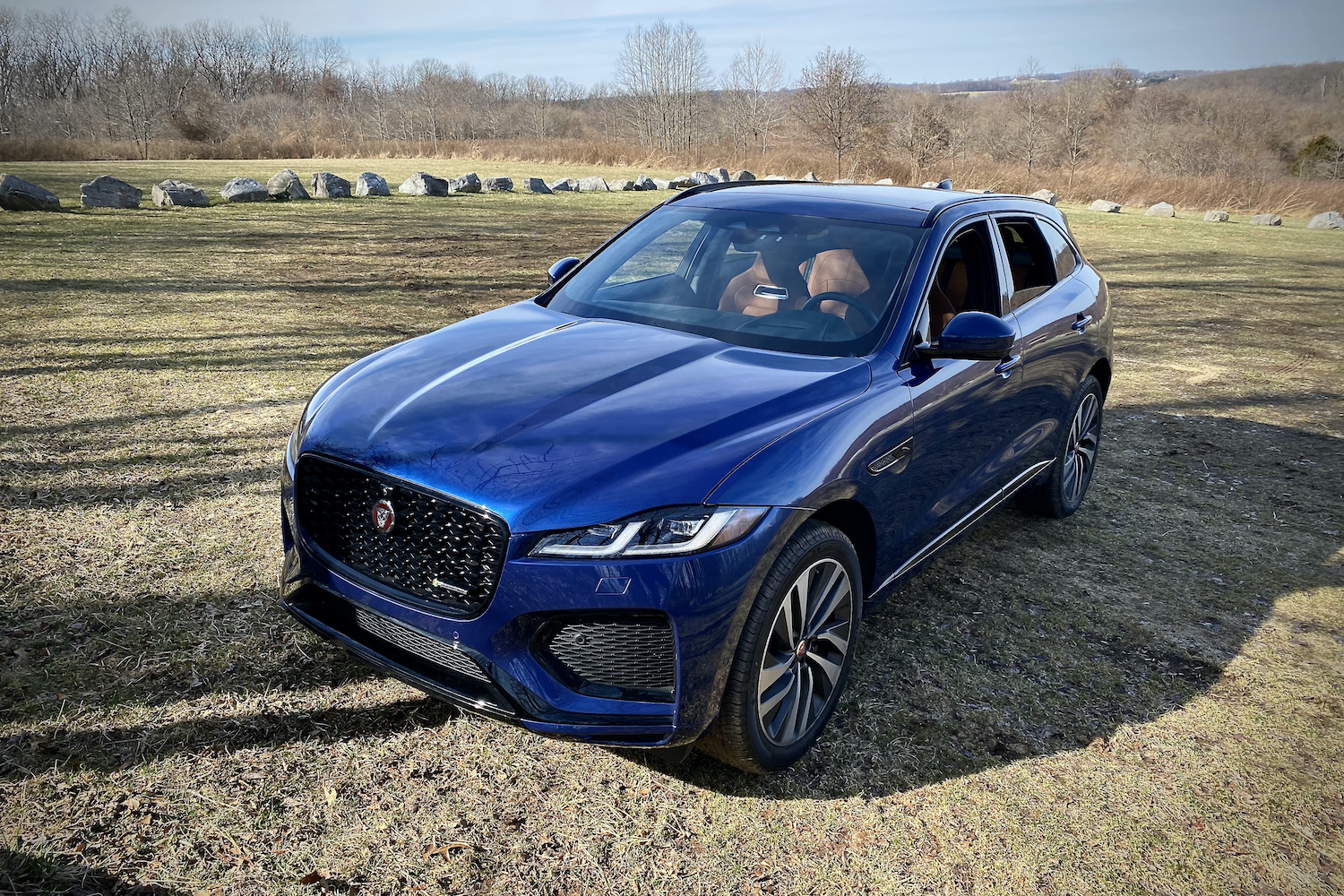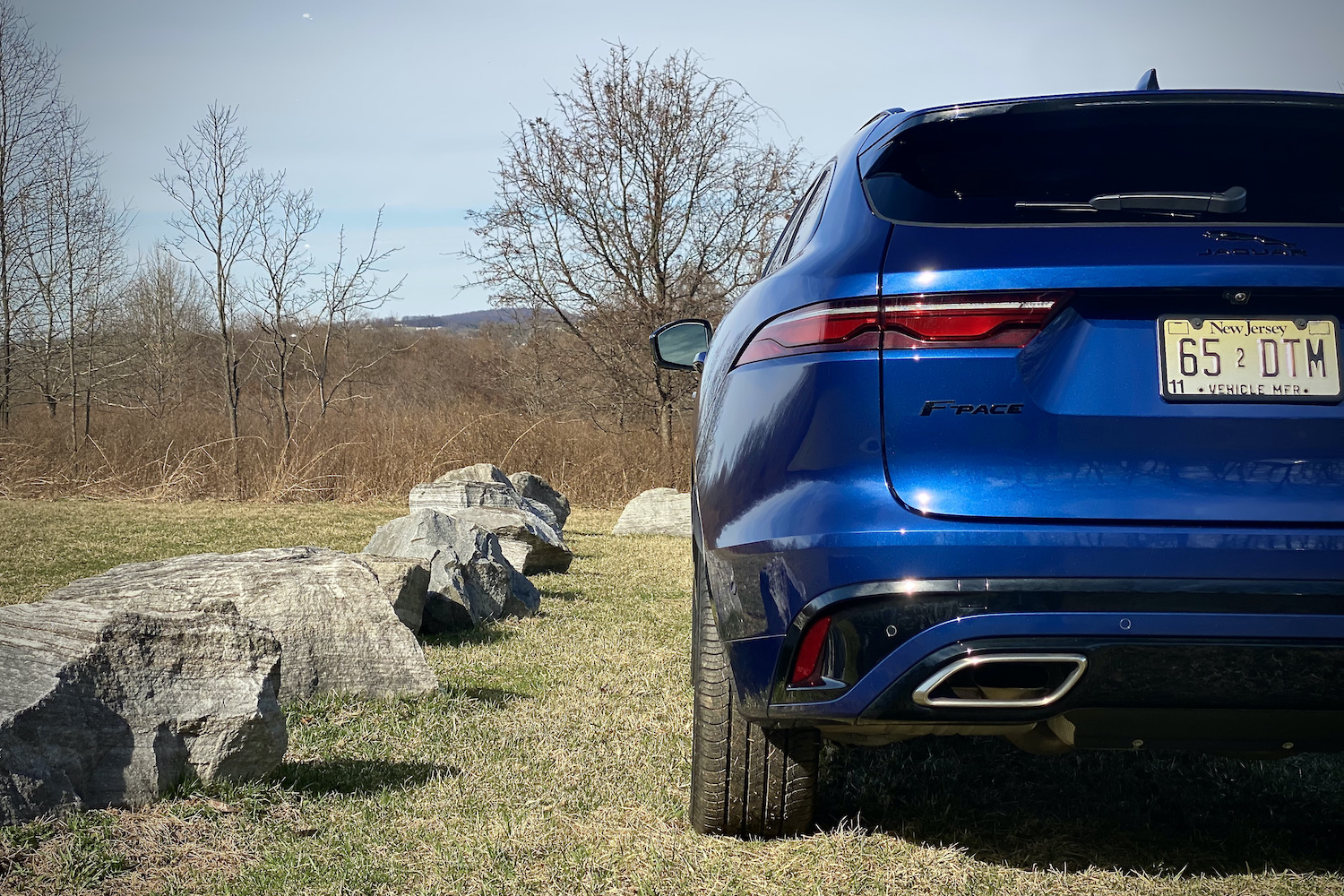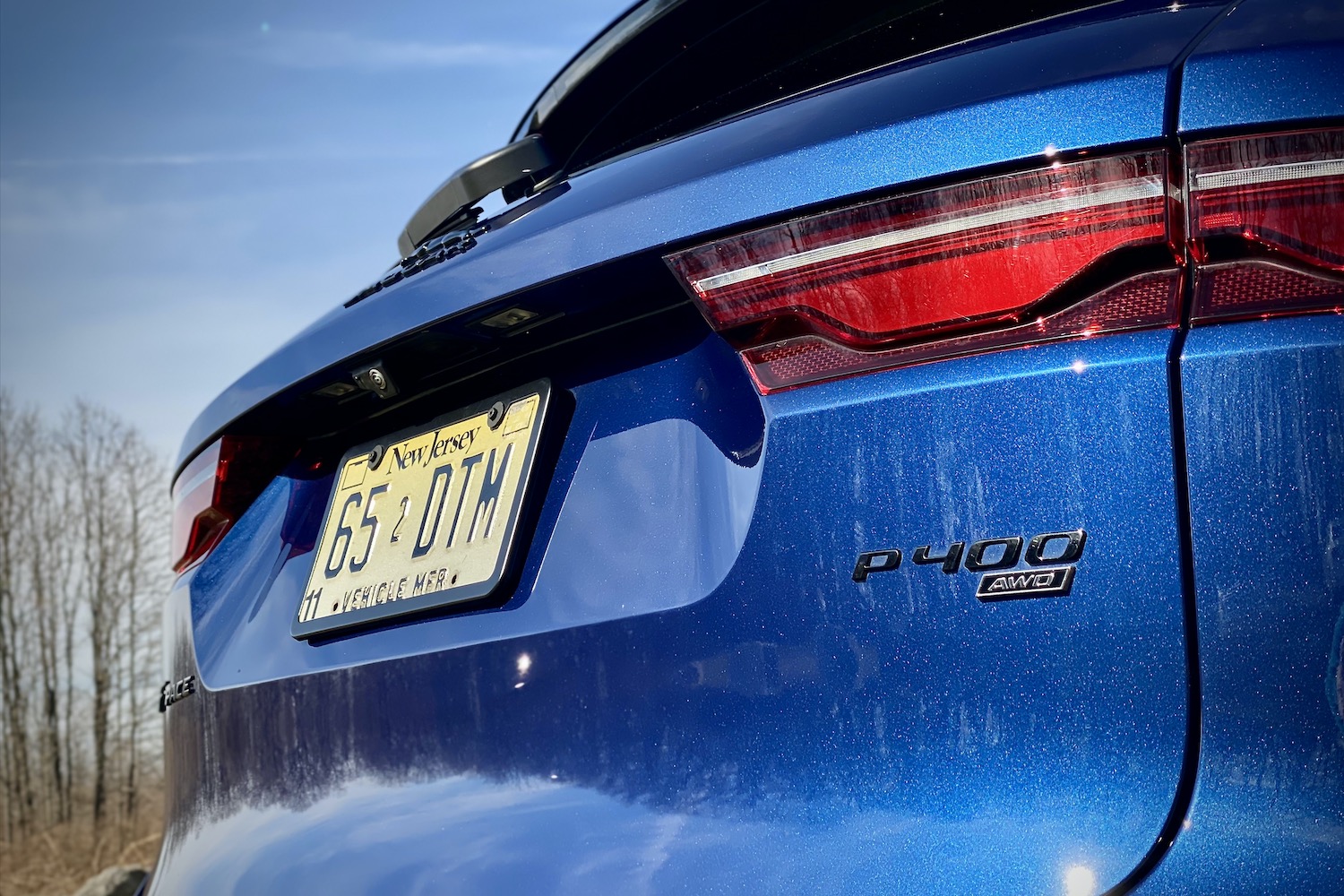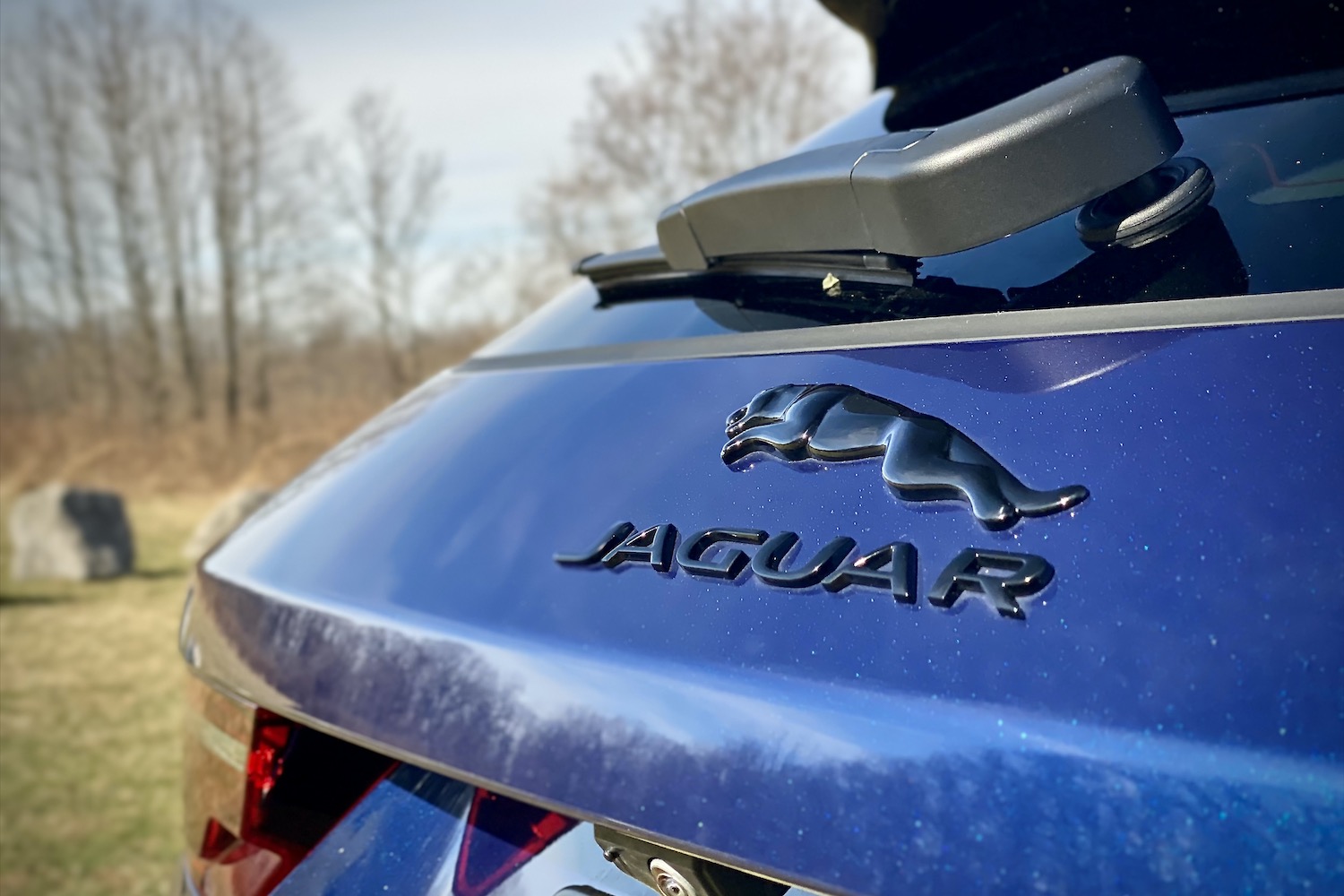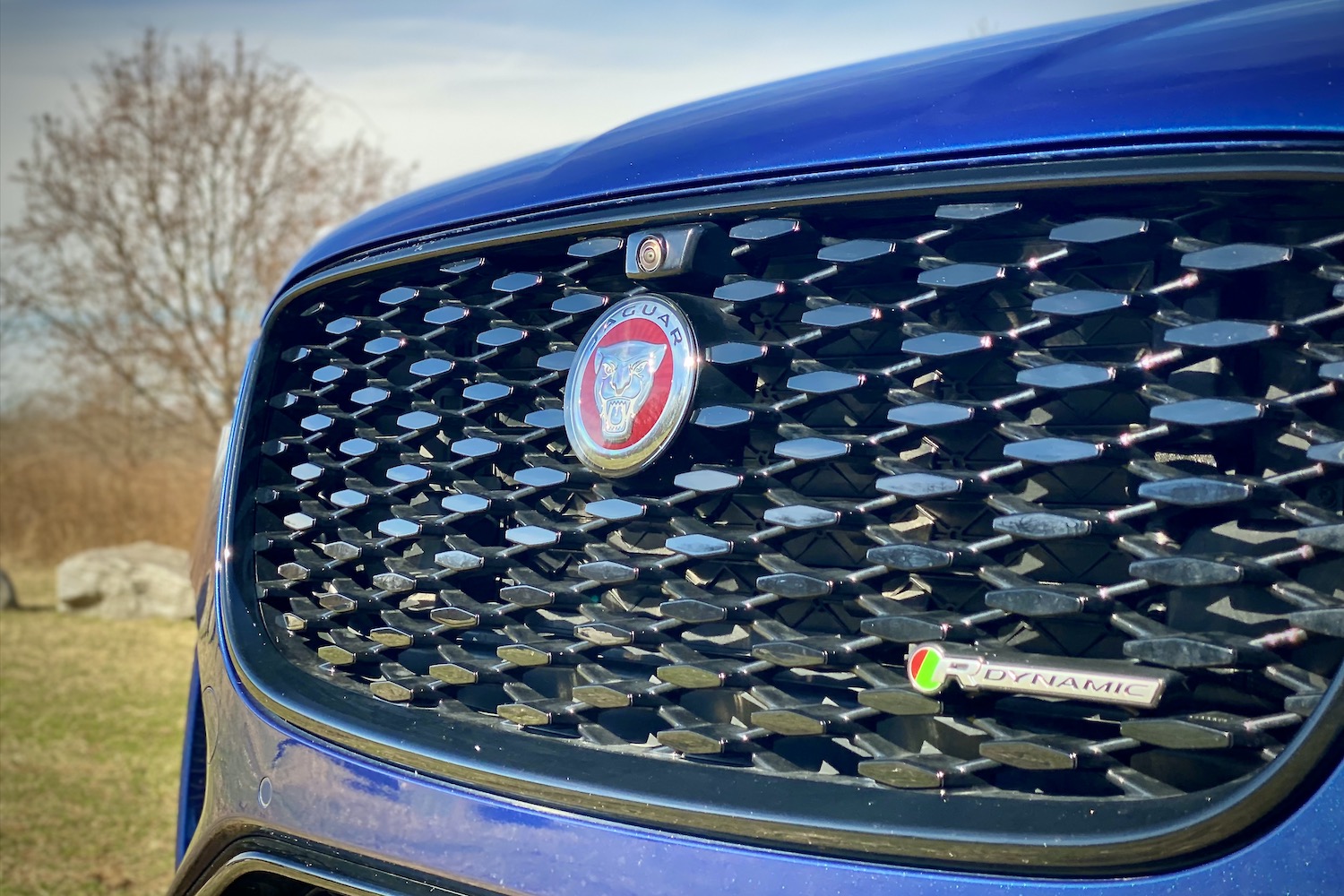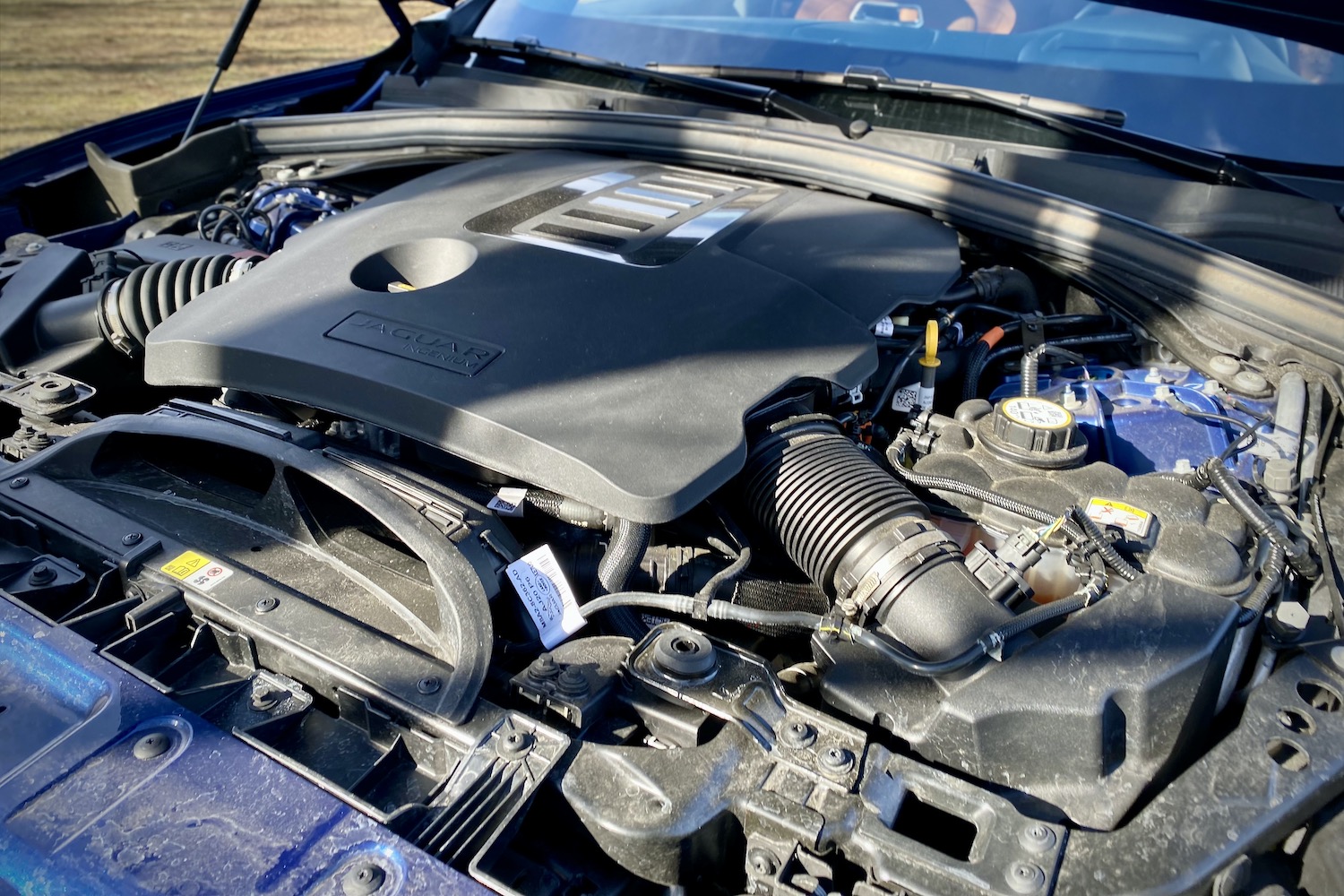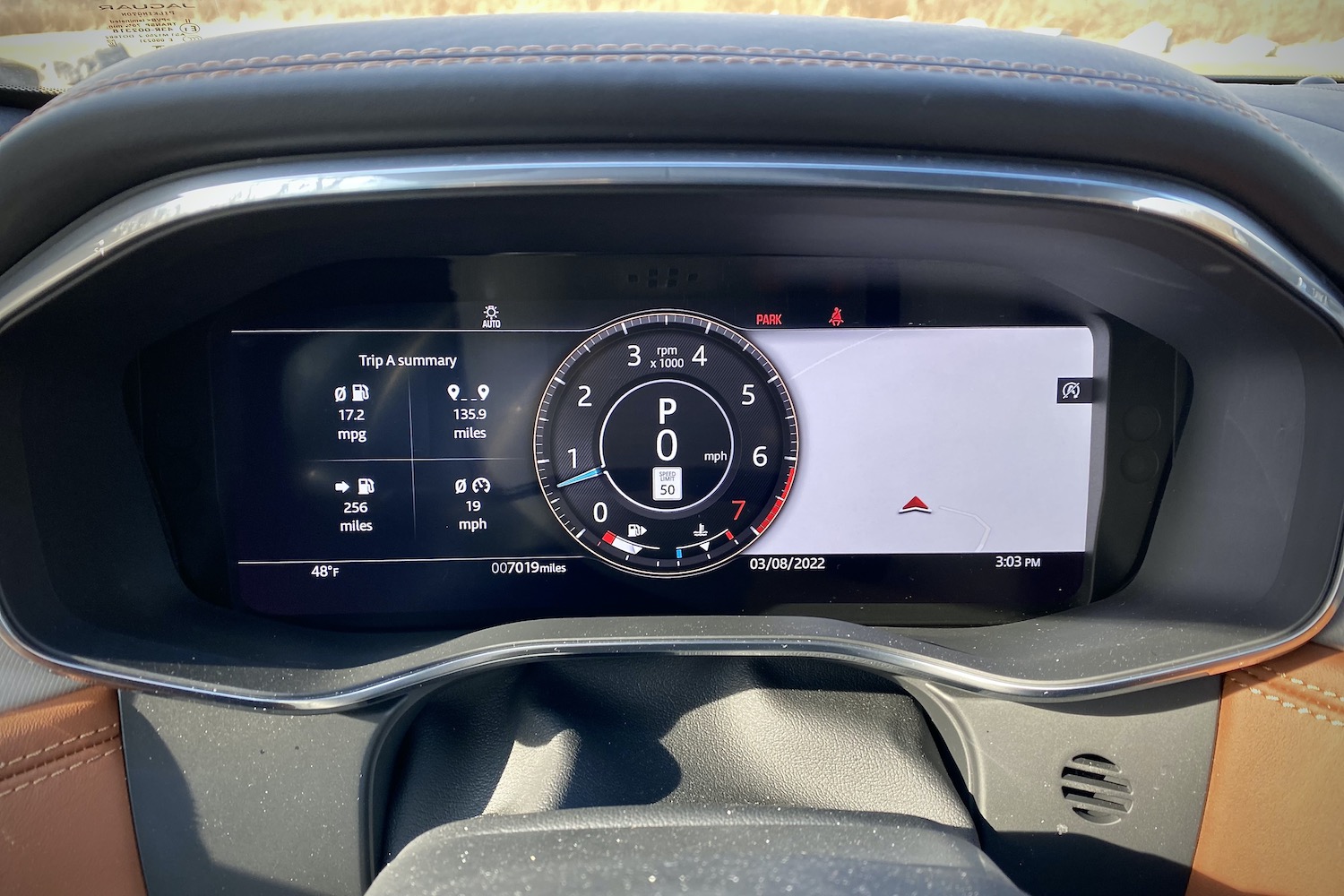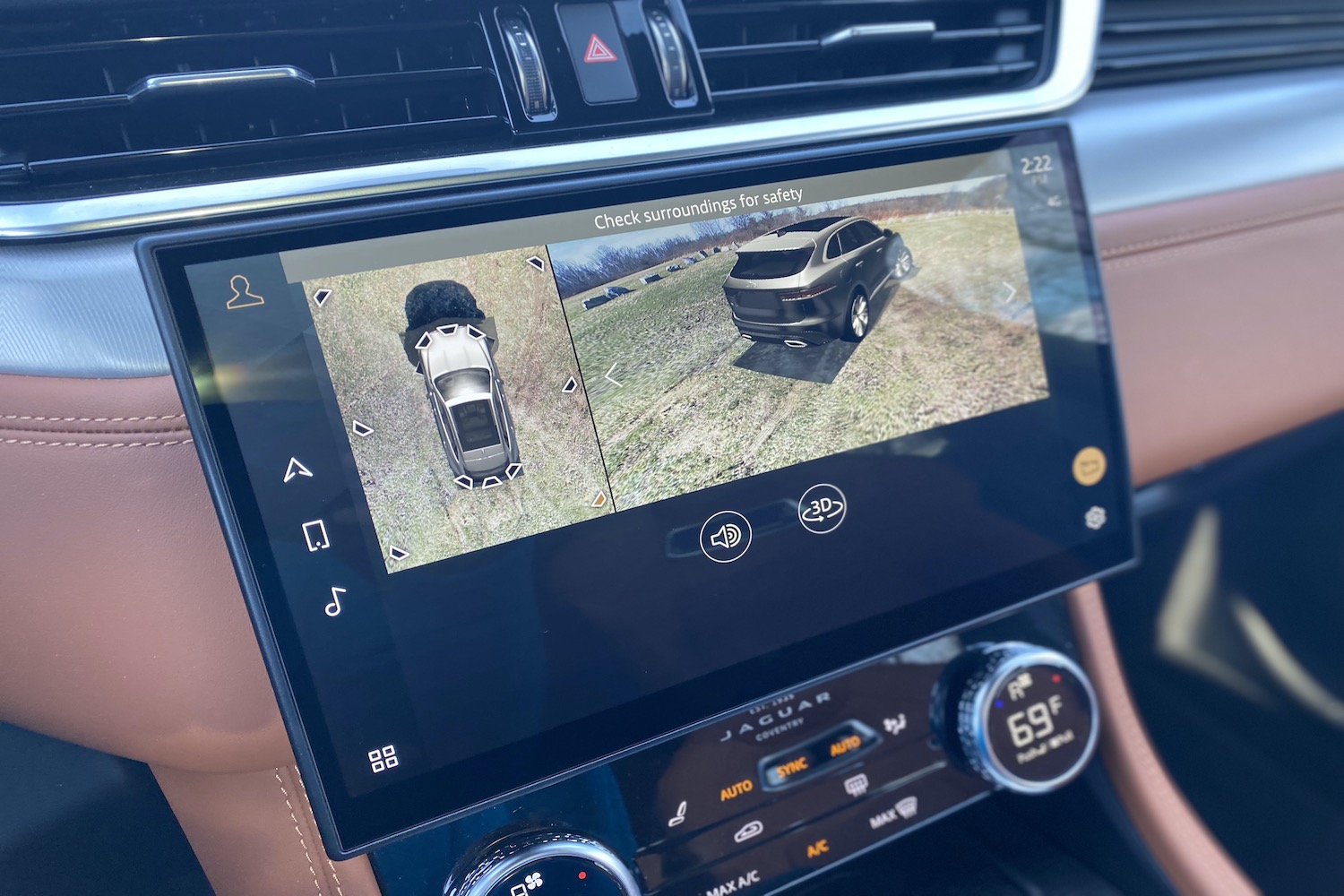SUVs are hard for enthusiasts to love because none of them feel alive. They’re all built to fit within a very specific mold that makes it nearly impossible for any option to truly stand out above the rest. Ever since AMC toyed with the idea of a crossover by trying to put an SUV body on a passenger car platform, automakers from all corners of the globe have been insanely busy trying to expand on their SUV lineups. Nowadays, SUVs are everywhere and they blend in with everything. Line a few crossovers up and it all comes down to personal preference on which one is better than the other.
If the 2021 Jaguar F-Pace gets one thing right over everything else, it’s that it truly doesn’t feel like anything else. If the F-Pace had a dating profile, it would say that it’s not like the other crossovers. That claim isn’t misleading and would certainly garner some swipes. The F-Pace isn’t like any other compact SUV in the luxury class. It attends every event, even backyard barbeques in a well-tailored suit and a Garrick watch. It also arrives late, both because that’s fashionable and because it wanted to take the scenic route. Of all the SUVs in the class, the F-Pace seems to be the one that feels the most like it’s built by people that understand that a car is still below the SUV body.
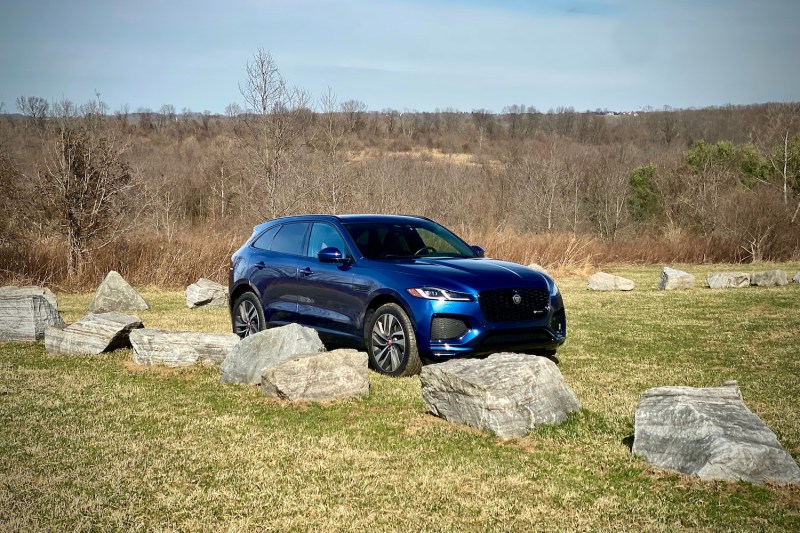
You don’t see a lot of F-Paces on the road, which is a shame, because the people that drive and own these are the kind of people you want to hang out with. The F-Pace, at least in its R Dynamic S guise, doesn’t lead the class in any metric. What it does have, is a sense of occasion and the ability to ingrain itself into your brain in the same way as a good concert, meal, or vacation.
Design & Interior
Hands down, the F-Pace is one of the better-looking SUVs on sale. The SUV looks like an F-Type that hit the gym hard during the COVID-19 lockdown. There’s no getting around the fact that it’s an SUV, but instead of attempting to hide the fact that the F-Pace is an SUV, Jaguar embraces it. Of course, the bulging hood, massive air intakes, and wide fenders don’t let you forget about the F-Pace’s sporty intentions, but the rest of the package is pure class.
Last year, the F-Pace arrived with a revamped interior that moves to be simplistic in design and it looks gorgeous. There’s a minimalist feel to all of the vehicle’s controls that gives the cabin an upscale look. Everything you touch and see feels luxurious and those seats, my goodness the seats. The $2,925 sport seats hold your body in a way that feels like they were tailor-made for your exact proportions. They coddle your body, providing support in places you never knew you needed and have the perfect amount of support for times when you want to go on a feisty drive.
Sporty SUVs usually require you to greatly sacrifice interior space for the design. The F-Pace doesn’t require any compromise on this front, as passengers will find plenty of room, with 69.1 cubic feet of cargo space with the rear seats folded. The Meridian audio system, which is an $800 upgrade, is excellent, filling the SUV with rich audio that will drown out any annoying thumps and bumps from the poorly installed subwoofer in the car next to you at the red light.
The F-Pace’s cabin, as nice as it is, has a few oddities. The center console features plenty of touch capacitive buttons that require so much effort to push that the trim piece that they’re embedded into flexes when you push them. For an SUV, the F-Pace has hilariously small storage compartments that can’t be used for much. A chief example is the center console compartment, that’s only big enough for a sunglasses case.
Driving Experience
The first time I drove an F-Pace was in 2016 when the SUV was introduced as an all-new vehicle for the 2017 model year. I got to drive a model with the supercharged 3.0-liter V6 engine that I still remember today. It was a vibrant engine, singing a sweet song that included pops and crackles. Sadly, that engine isn’t available anymore.
The P400 powertrain features a turbocharged and a supercharged 3.0-liter six-cylinder engine with a 48-volt mild-hybrid system. In this state of tune, the engine makes 395 horsepower and 406 pound-feet of torque. This isn’t nearly as powerful as other SUVs in the class with M and AMG badges that cost just as much, but you’re never wanting for more power. While the inline-six engine doesn’t offer the same aural concert as the outgoing V6, it delivers power in a silky smooth, soft service ice cream coming out of a machine way that almost makes up for its muted sounds.
Weight is a sports car’s worst enemy, though it’s not as serious of a metric for SUVs, which are bloated versions of sedans these days. The more complex engine, the addition of a 48-volt mild hybrid system, and reworked interior result in an F-Pace that weighs approximately 340 pounds more than before. Thankfully, you won’t be able to tell the F-Pace has already given up on its diet this early in 2022, as it corners just as eagerly and enjoyably as it always has. The suspension, in typical Jaguar fashion, errs on the side of athleticism over plushness, resulting in reflexes that don’t feel too far off of a large sports sedan. Drive the F-Pace hard and it responds with the engaging dynamics that were once reserved for vehicles positioned much lower to the ground.
Should You Get One?
Yes, but you won’t. Jaguar’s always done things differently and it’s paid the price for its individuality in terms of sales. There are other SUVs on the market that do things far better than the F-Pace for far less. But none give you the same emotional response as the F-Pace or raise your pulse quite as much.
Jaguar’s decision to nix the aurally stirring V6 in favor of a smoother inline-six with a mild-hybrid system and work overtime to design a more comfortable interior are signs that it’s attempting to find a middle ground for the F-Pace. Somewhere between being out in the weeds and on the green. For Jaguar fans, it’s a little sad, but it opens the door to more buyers. My wife, who has very little interest in cars but who puts up with my career and hobby, fell in love with the F-Pace after a few minutes. Who can blame her? With looks this good, moves this swift, and an interior that’s this luxurious, it’s easy to overlook its insanely high price tag and flaws, because it attracts you at a primal level.

